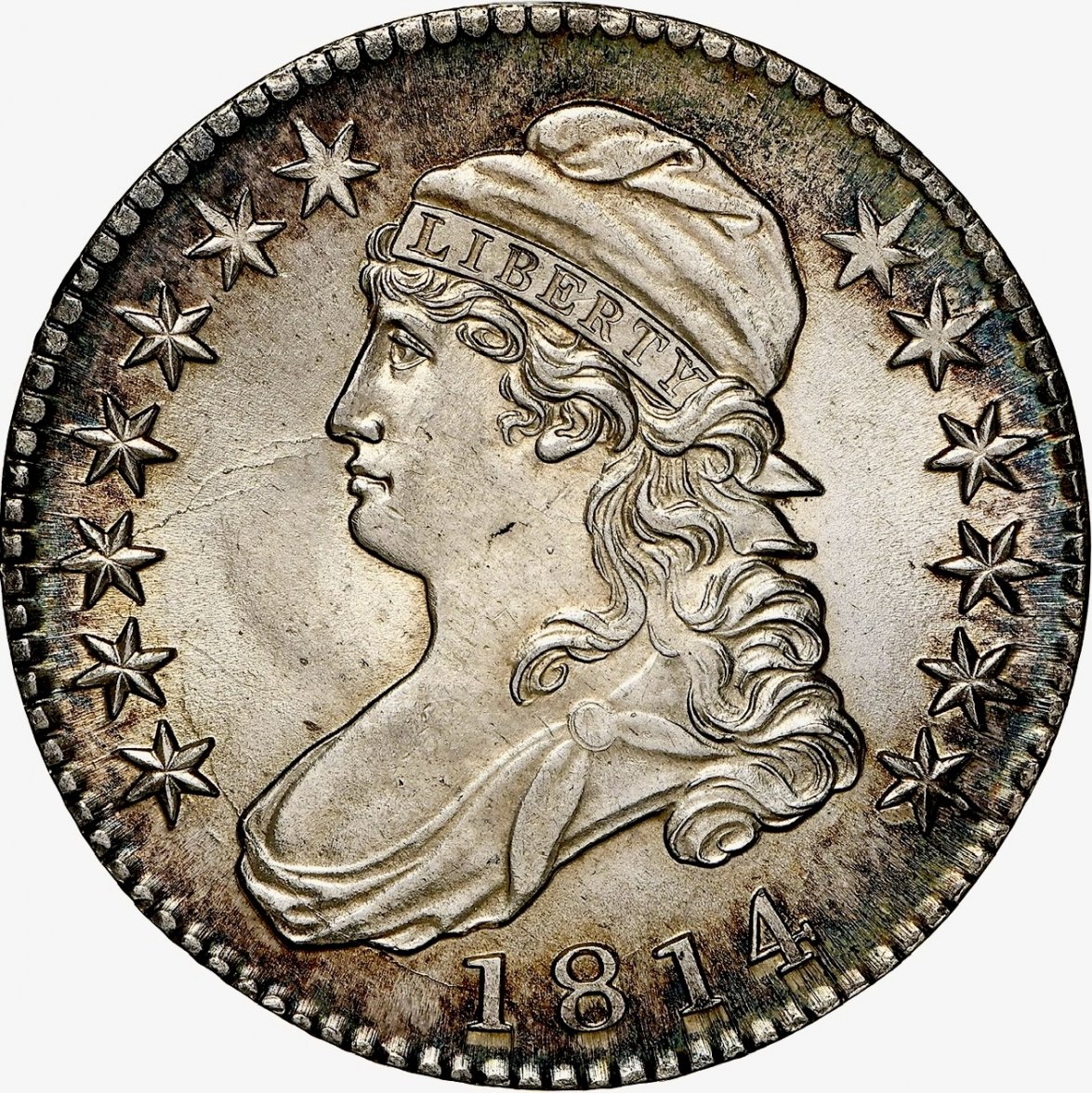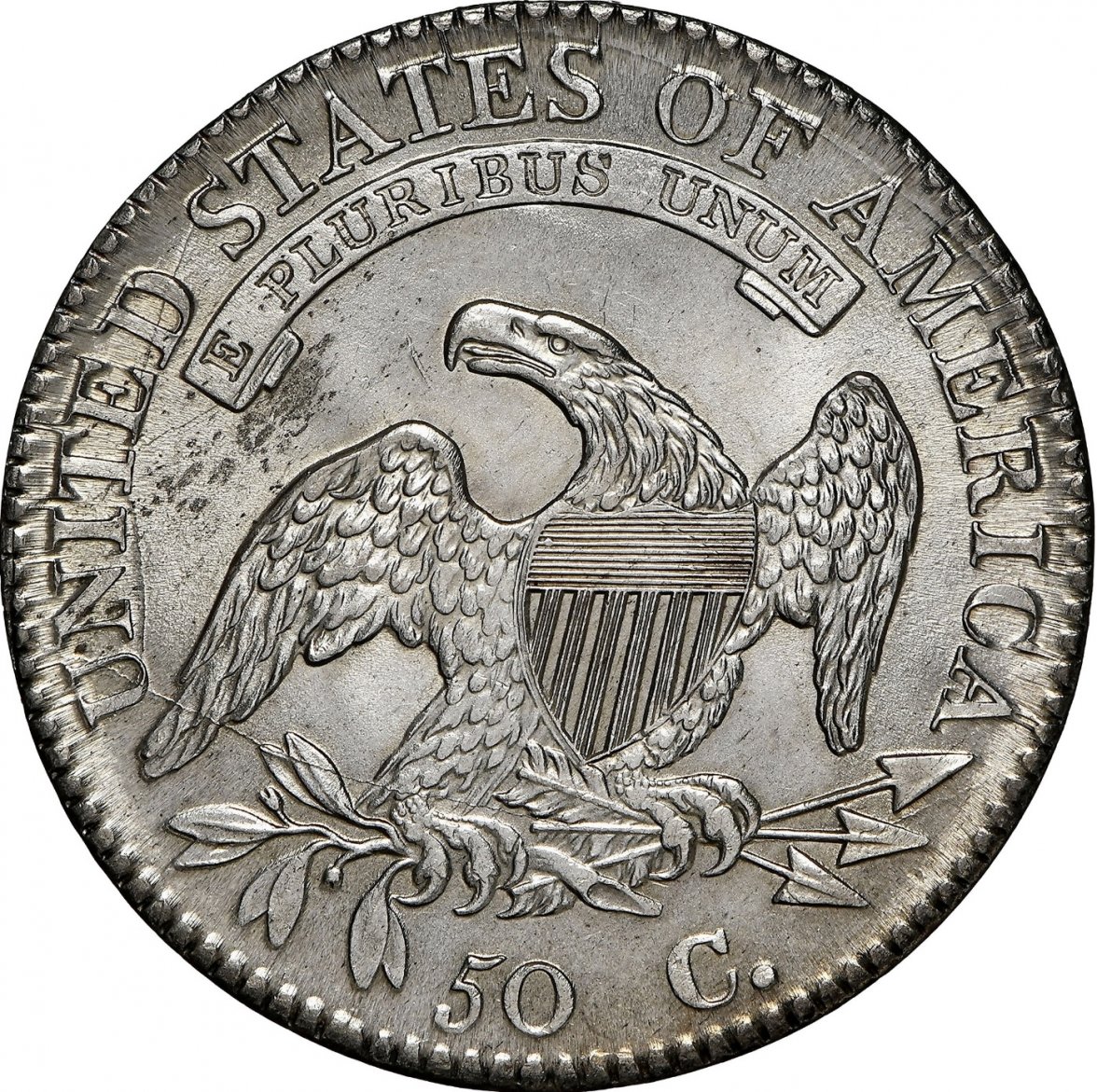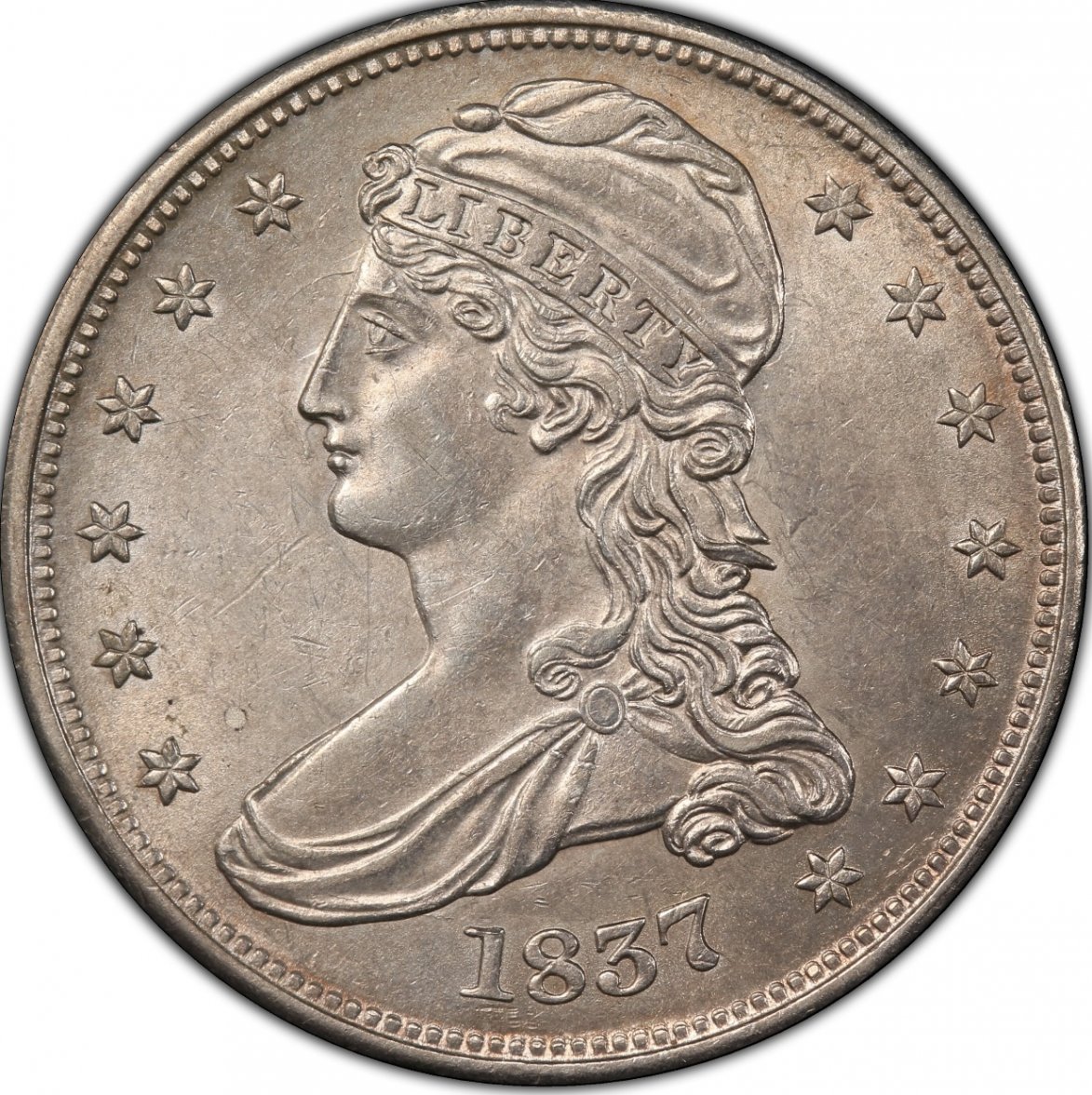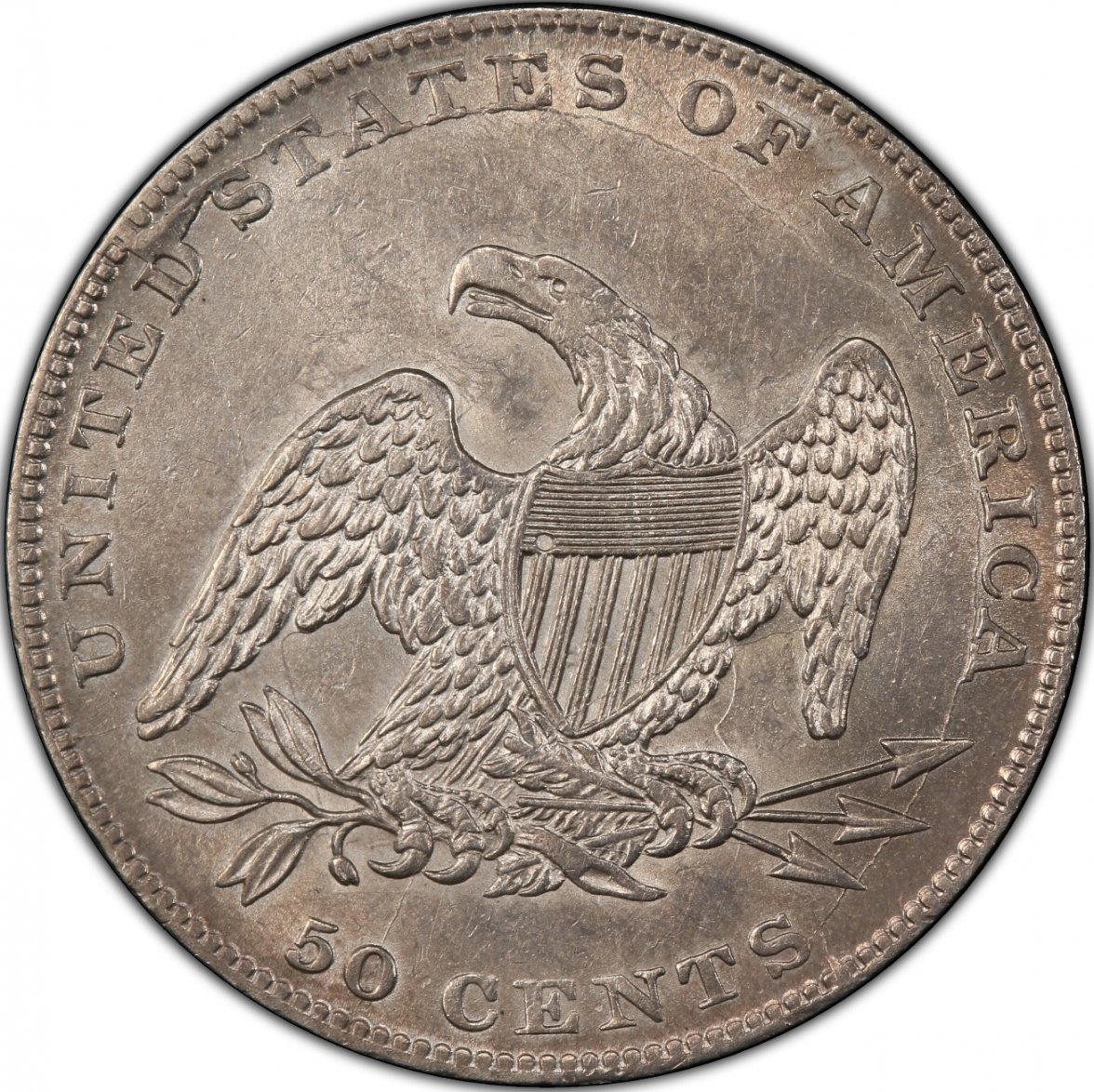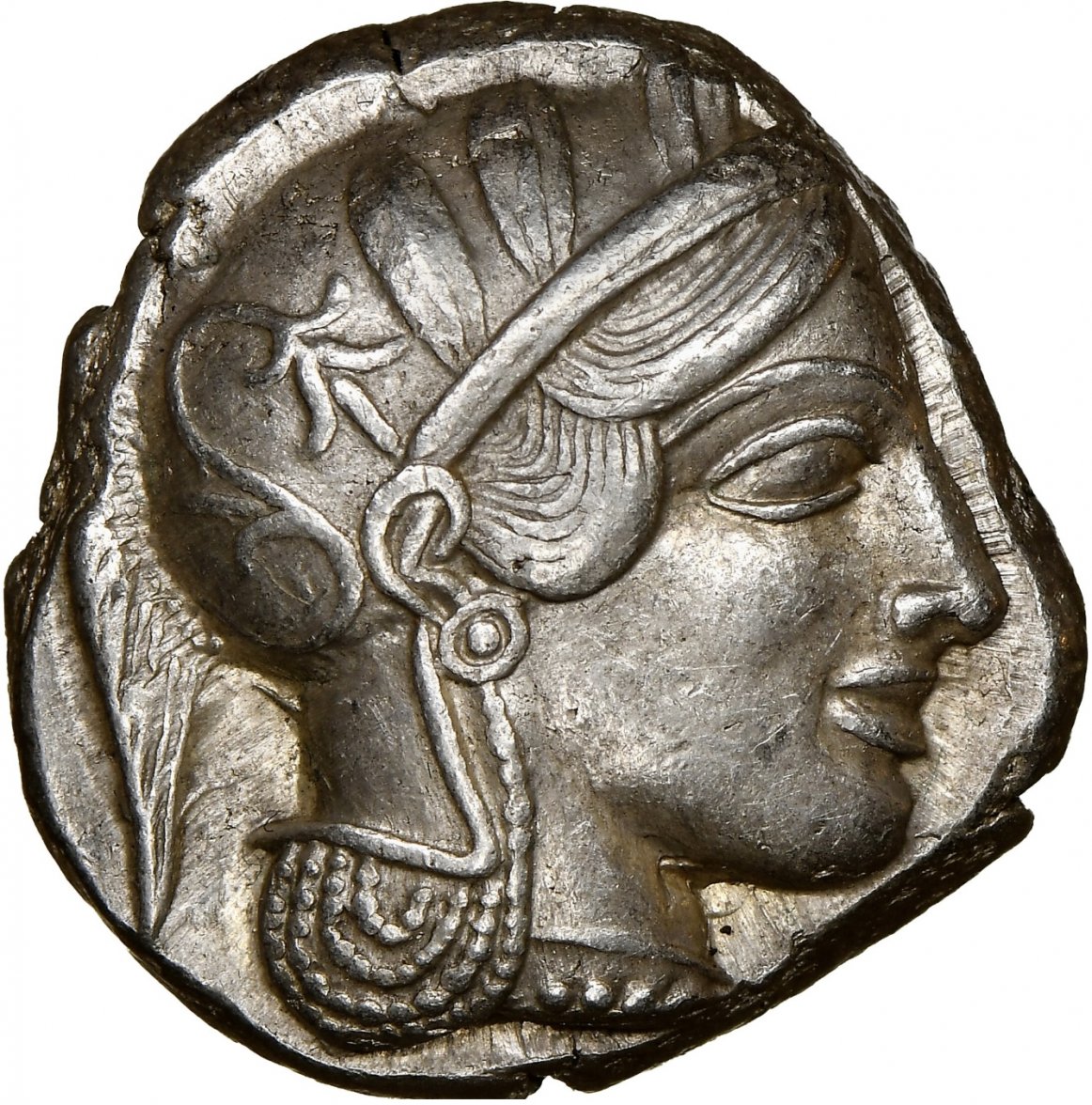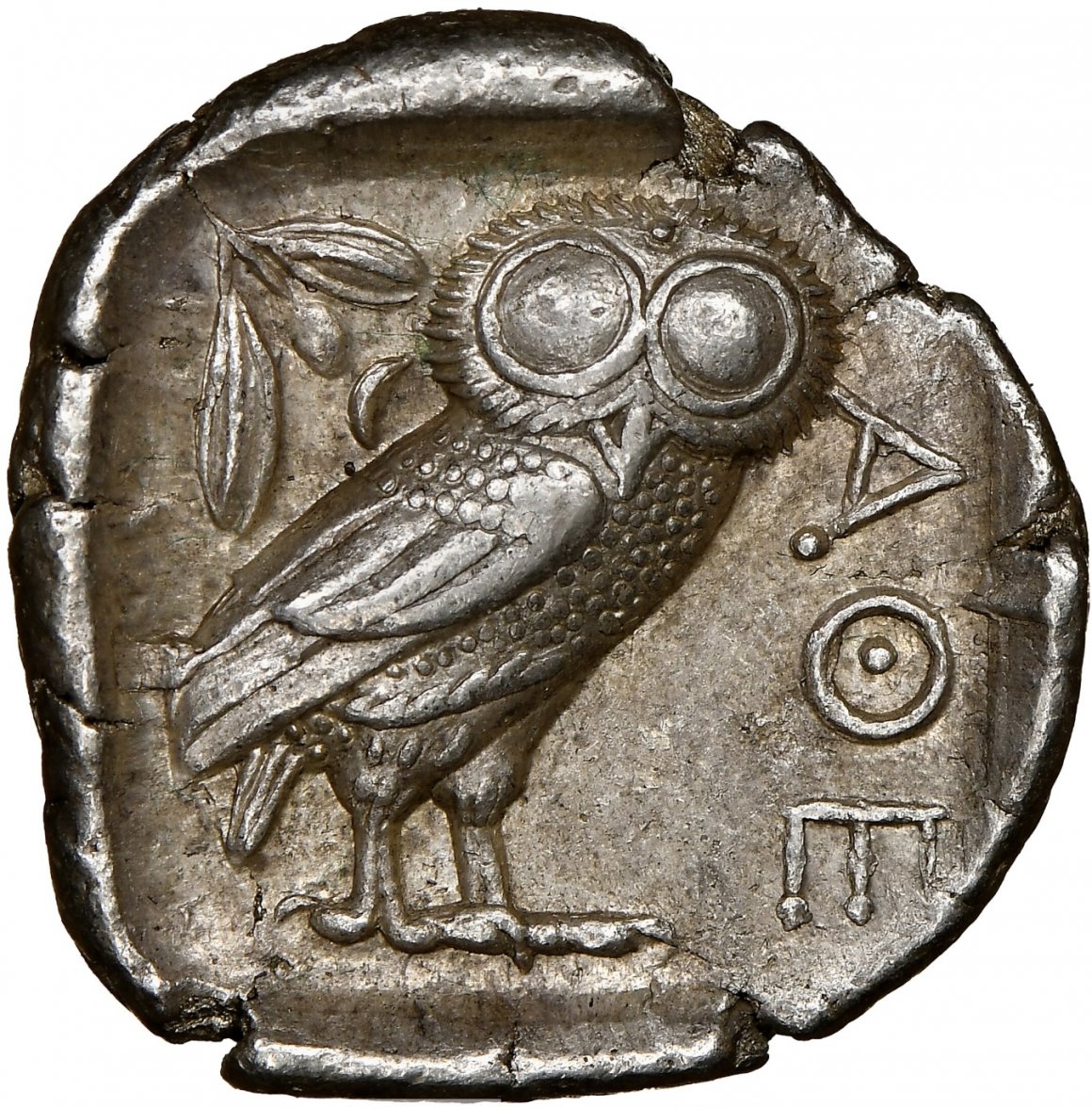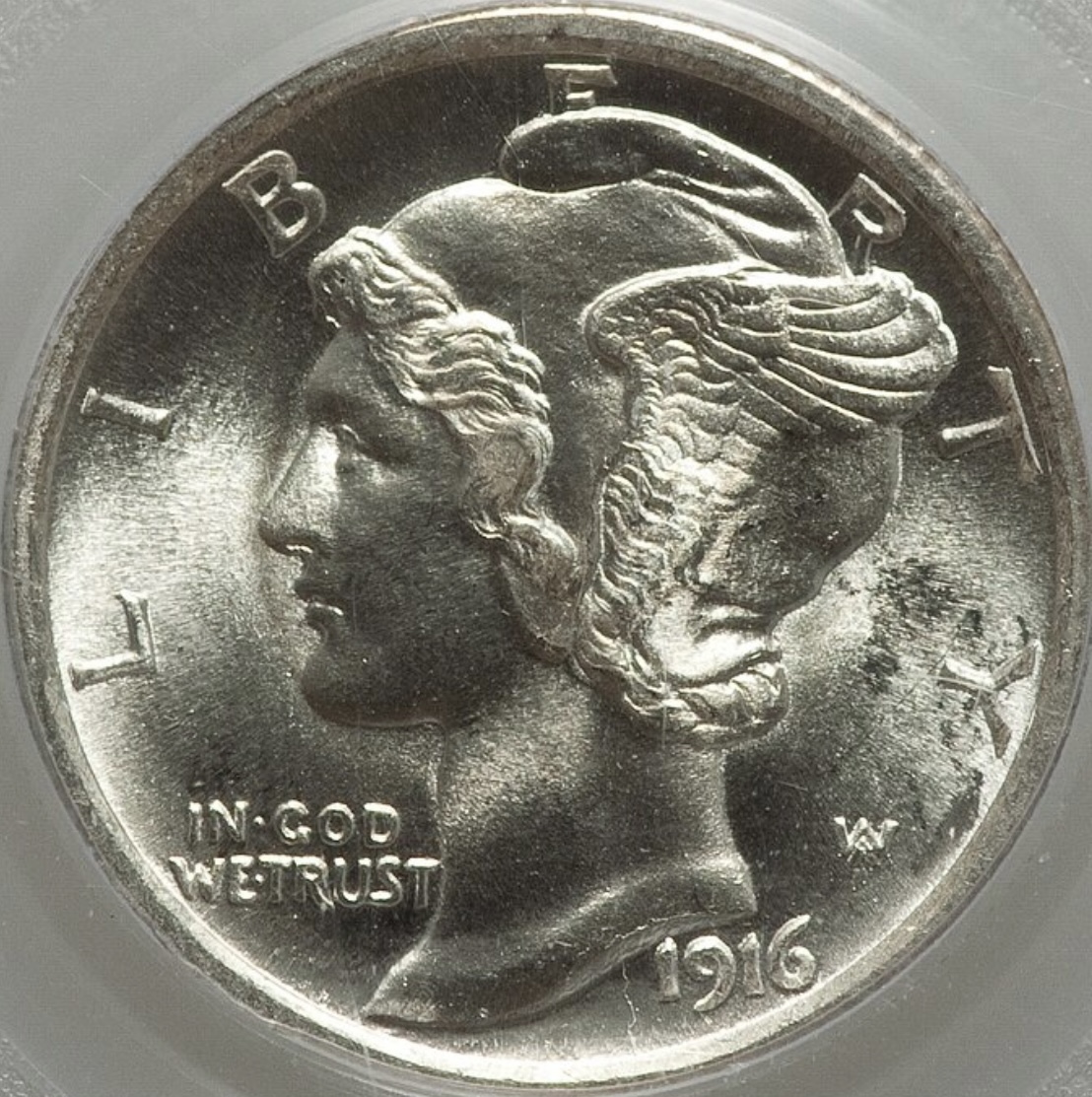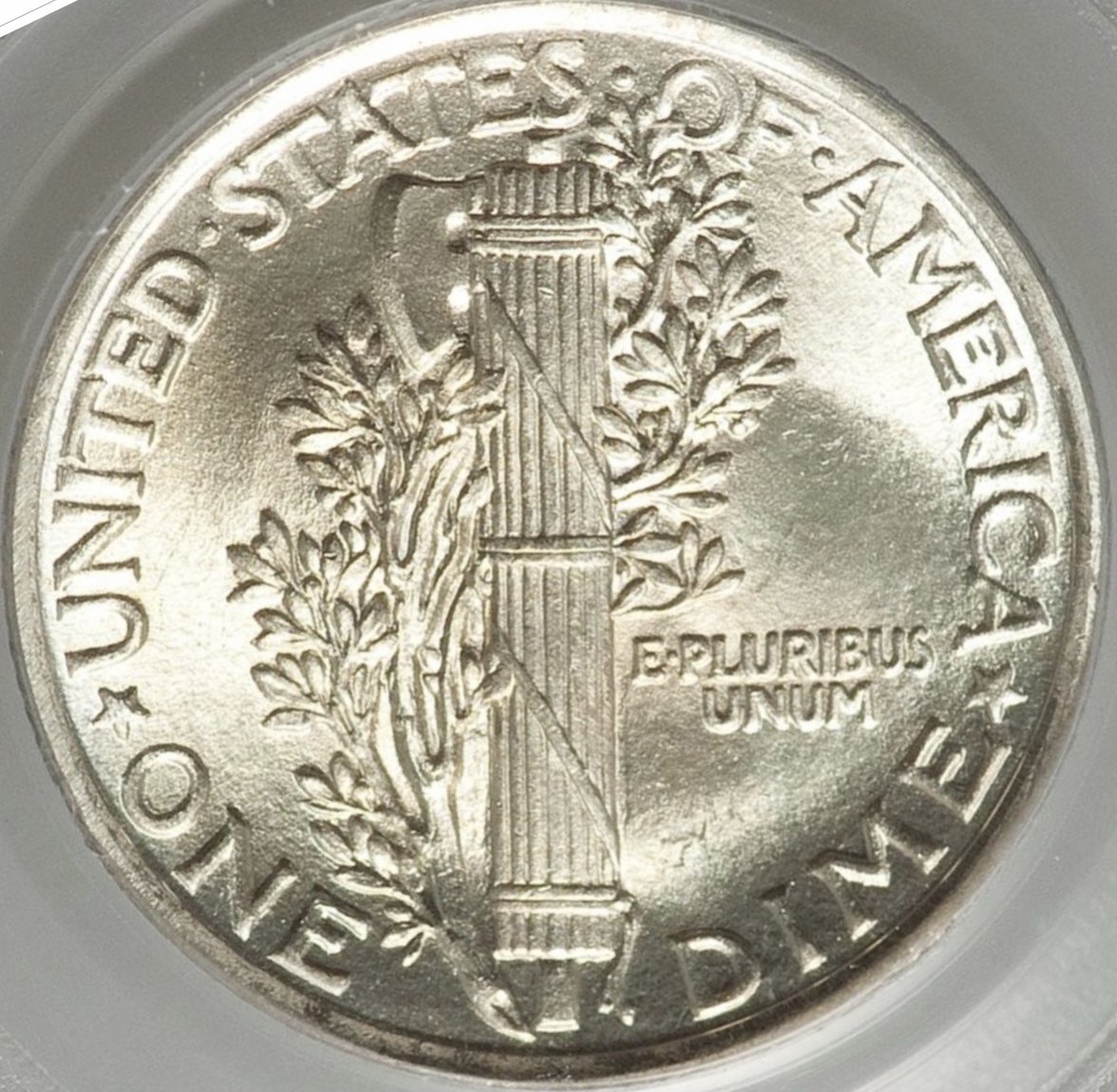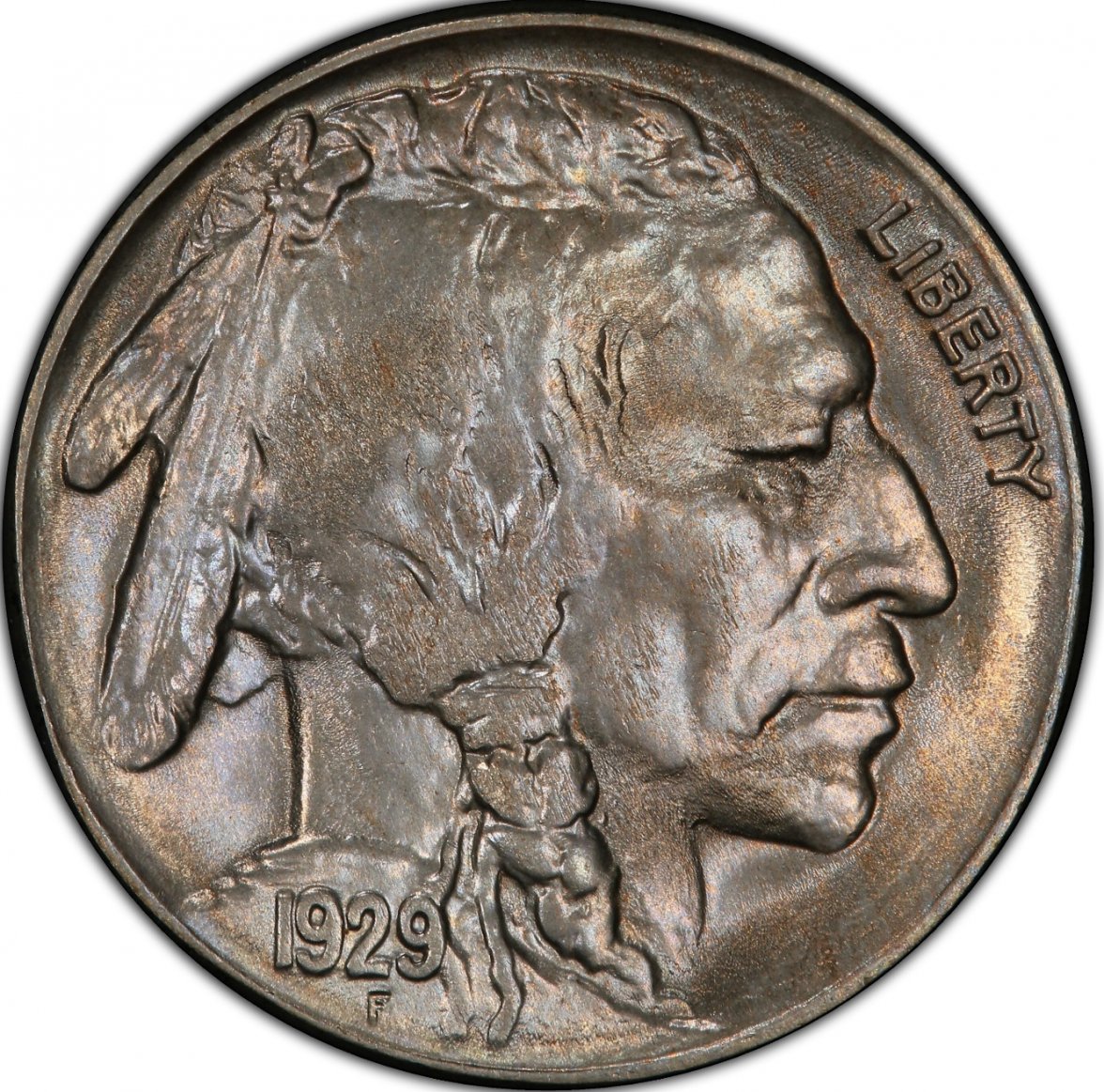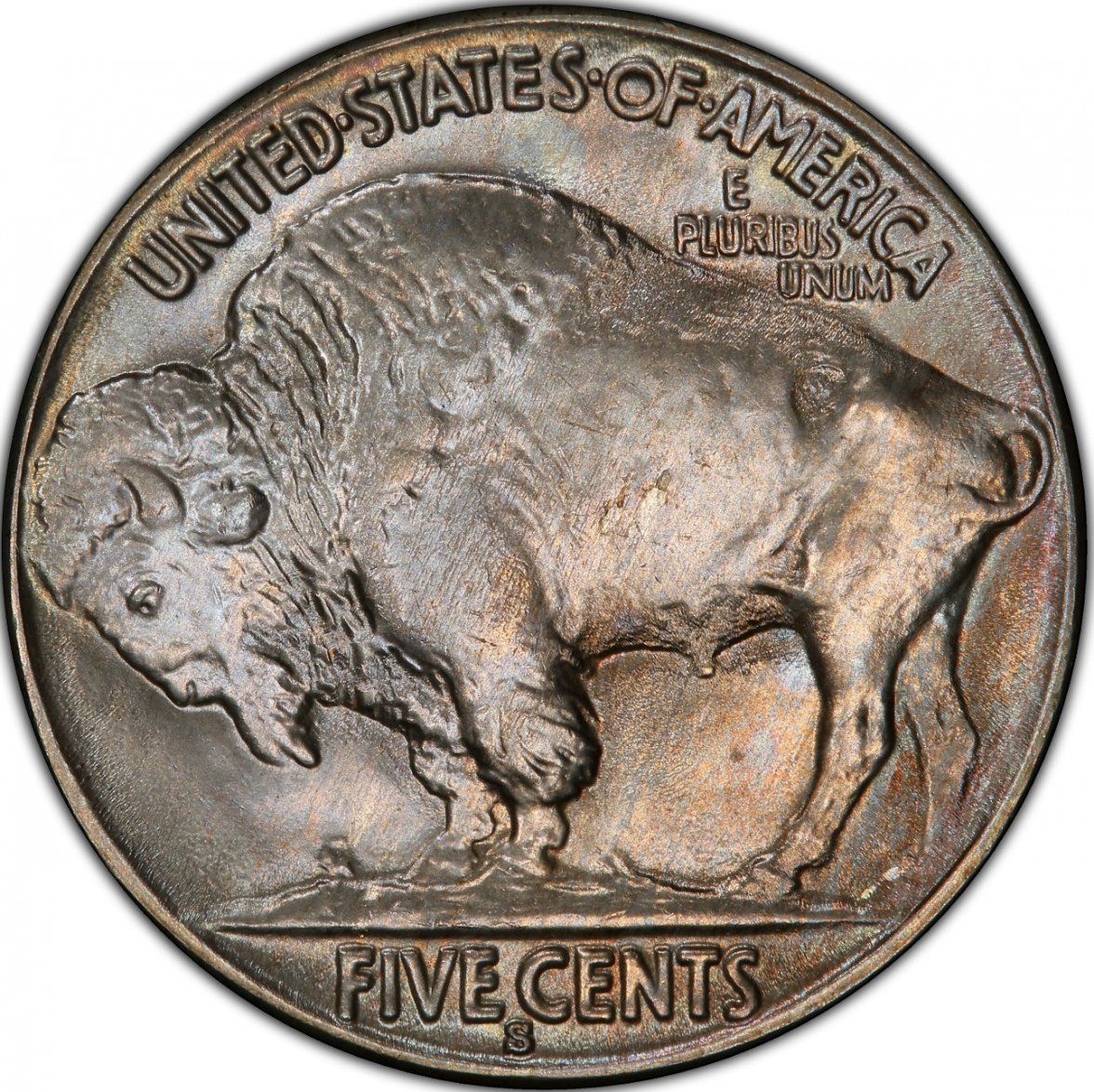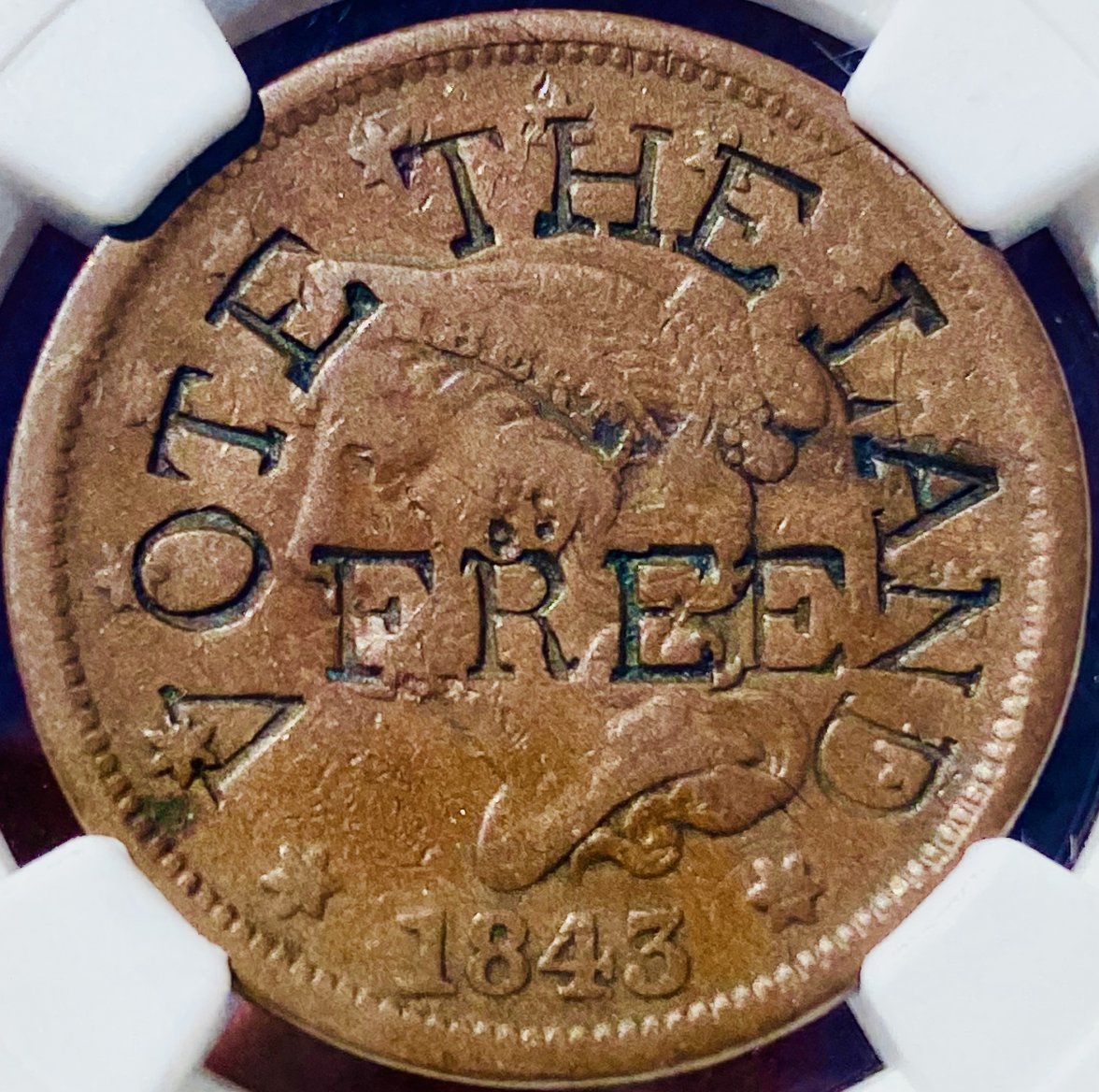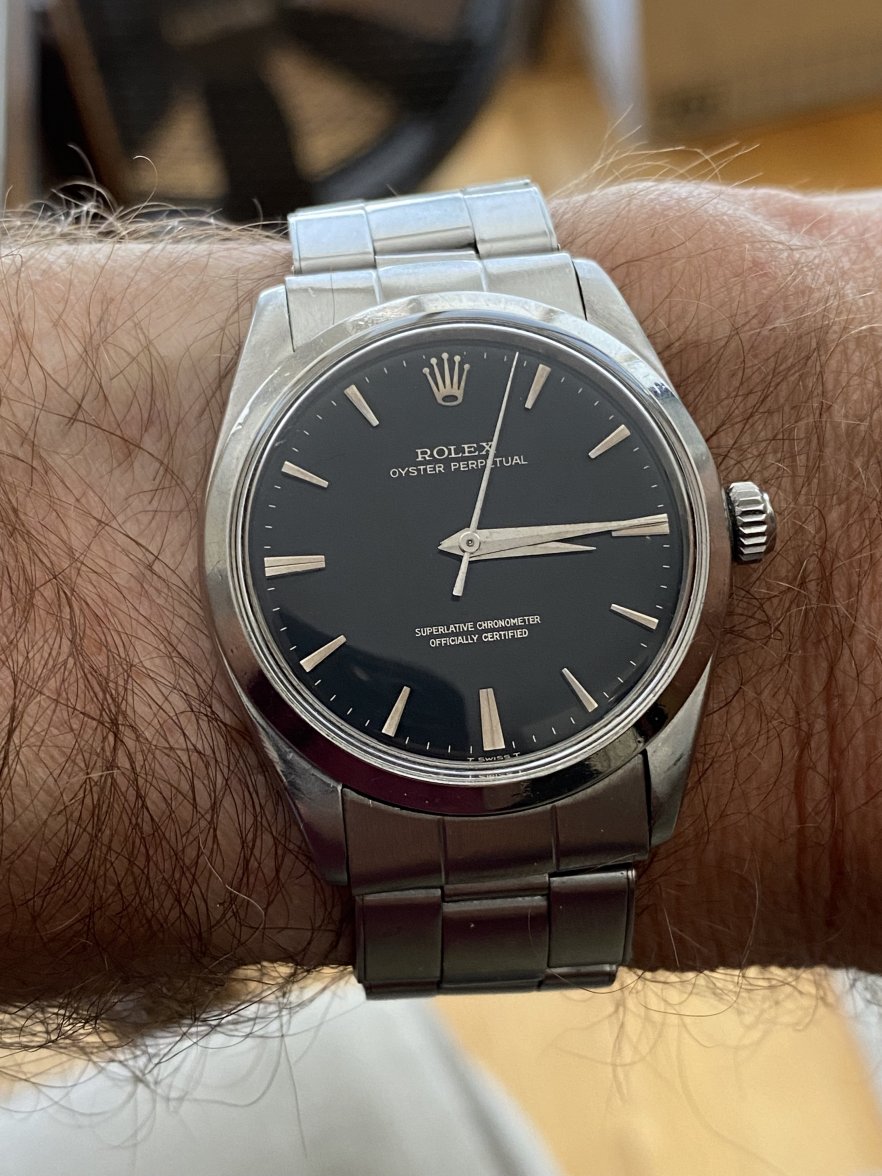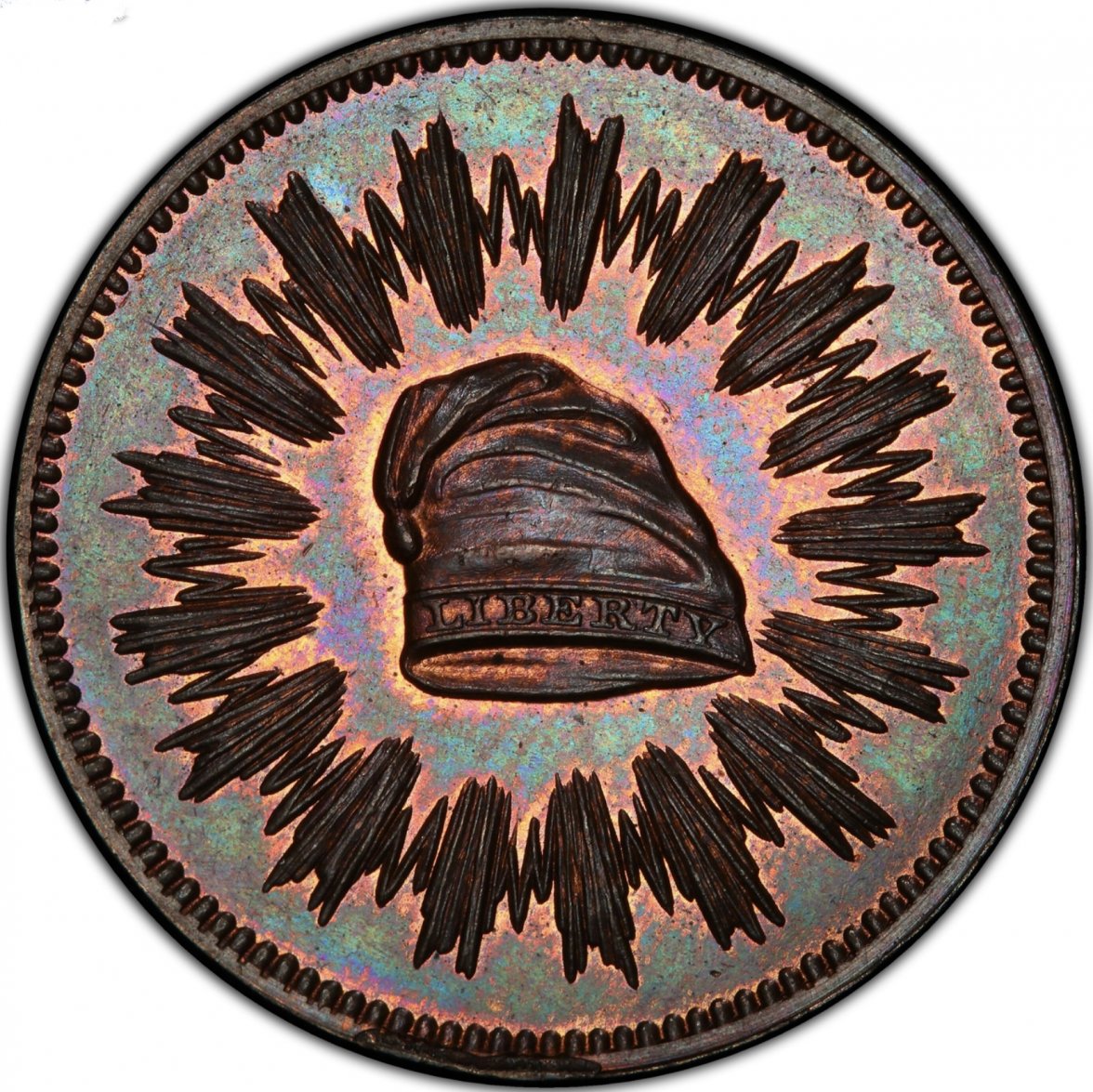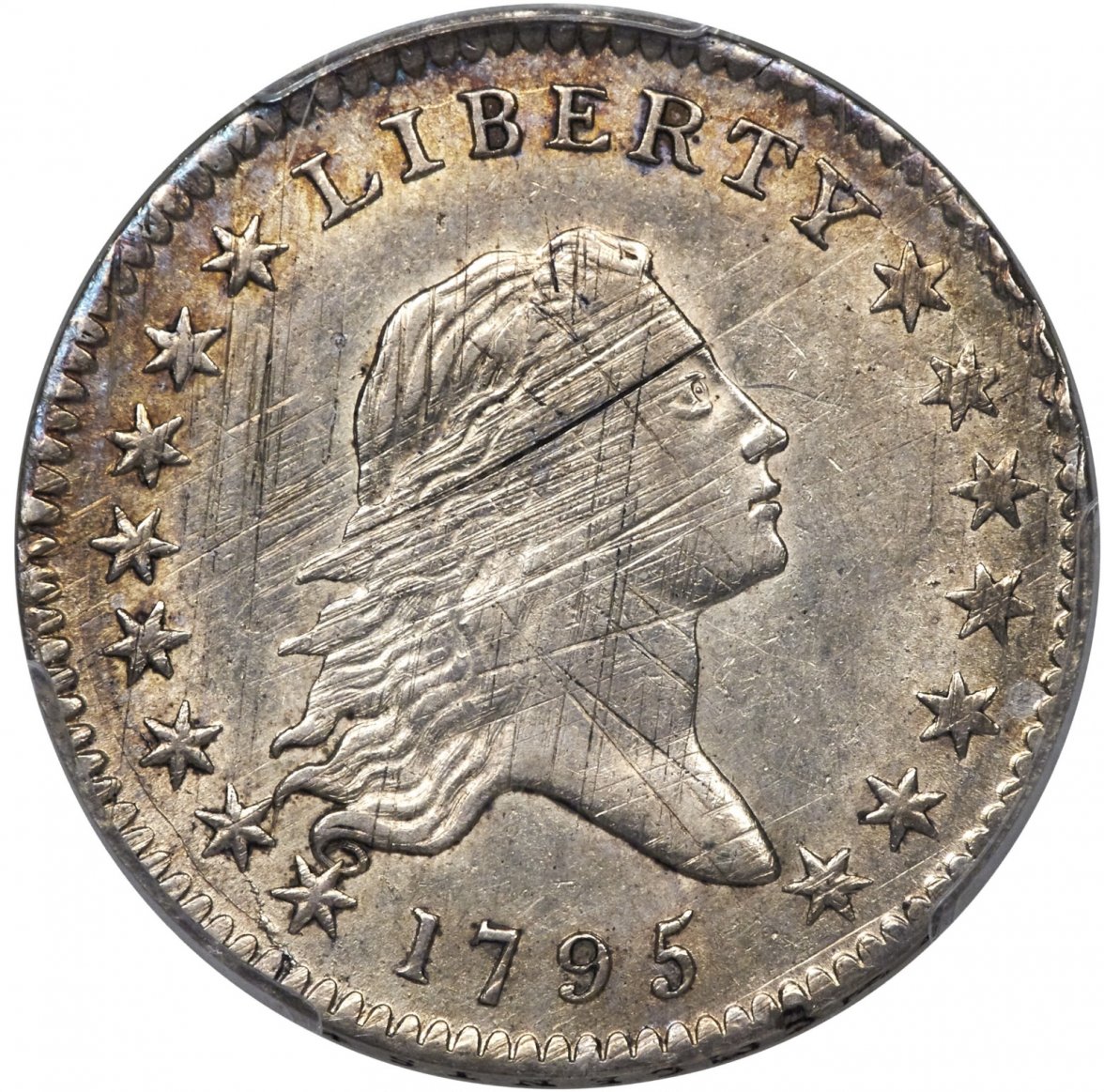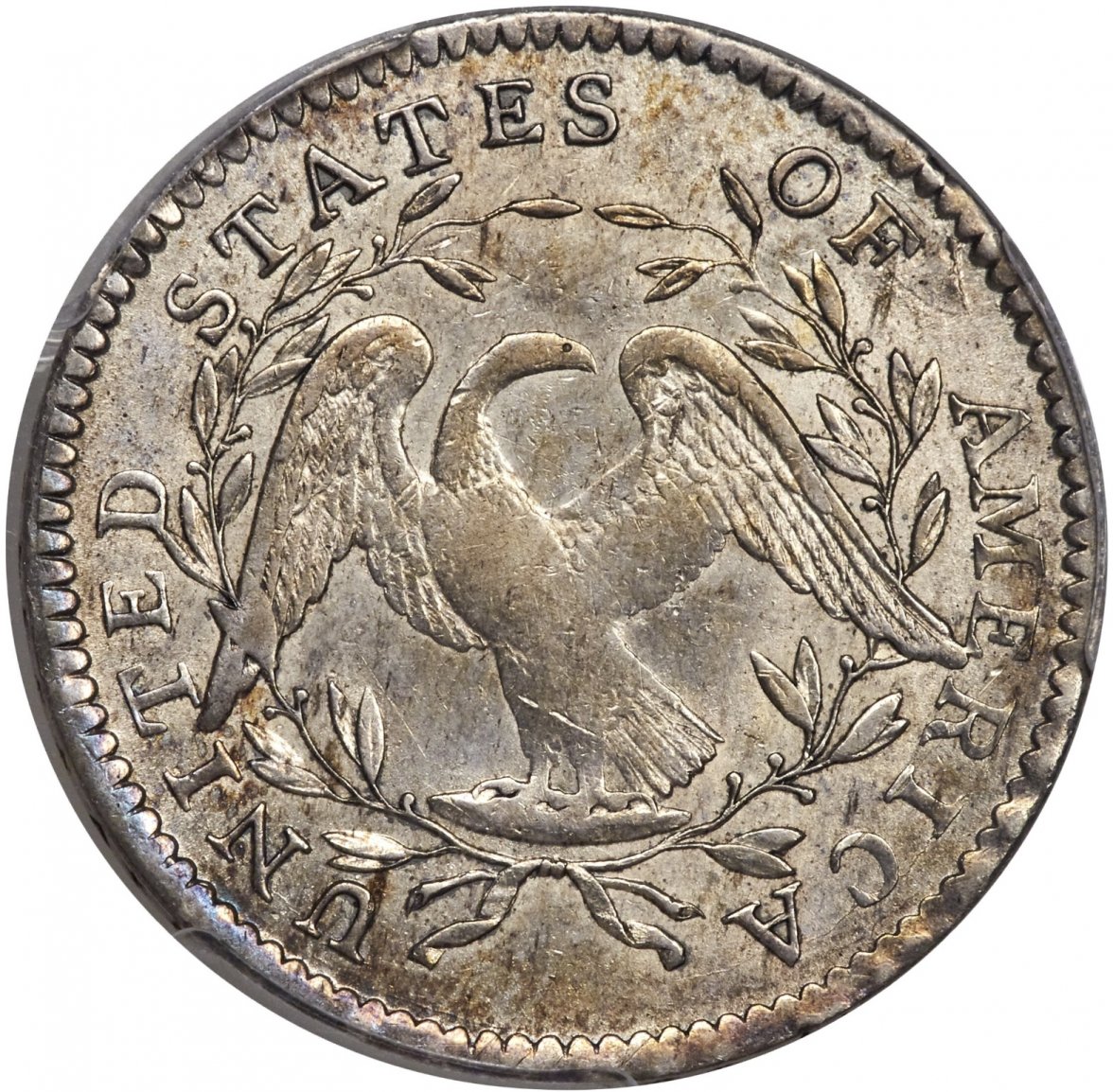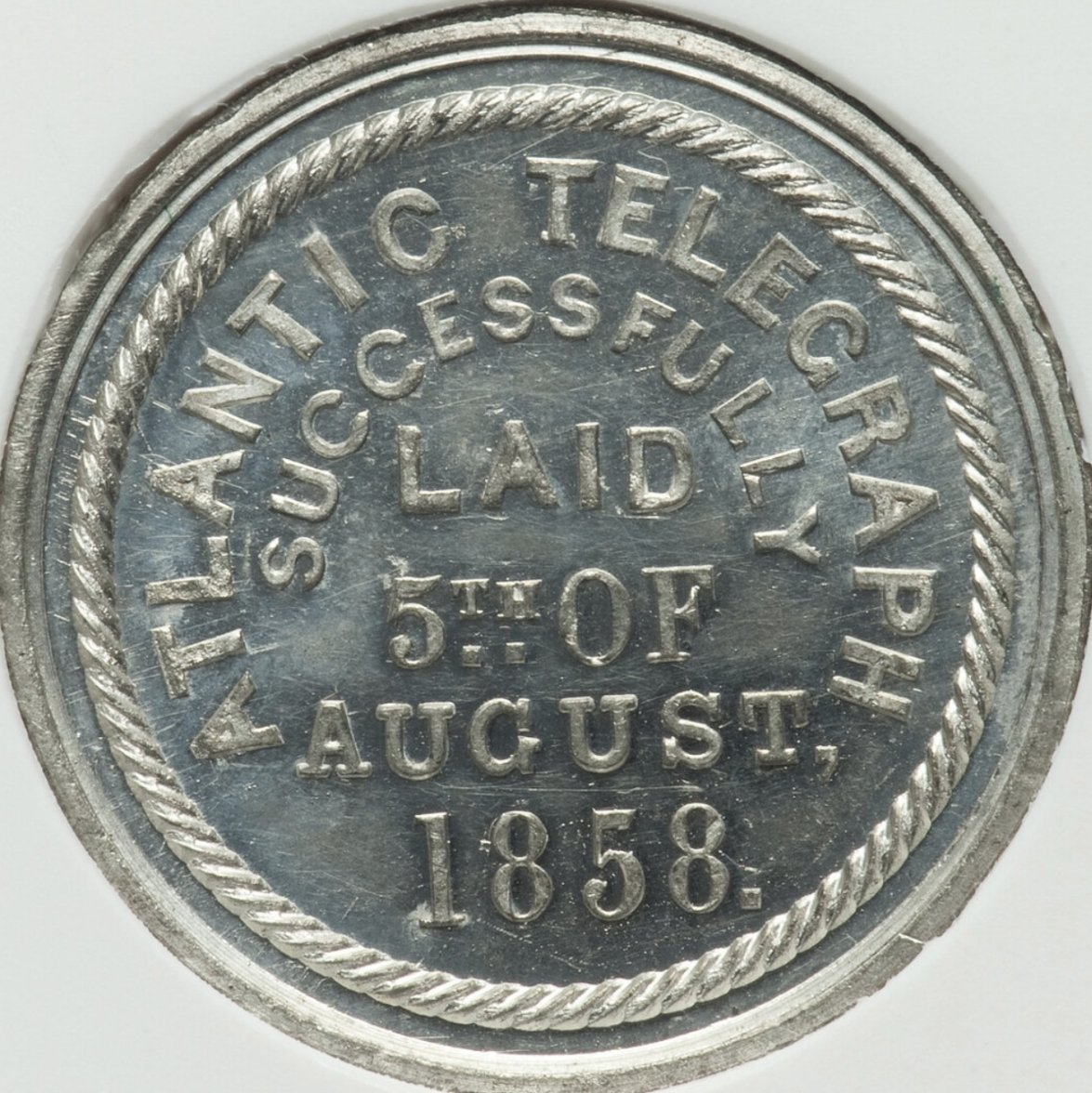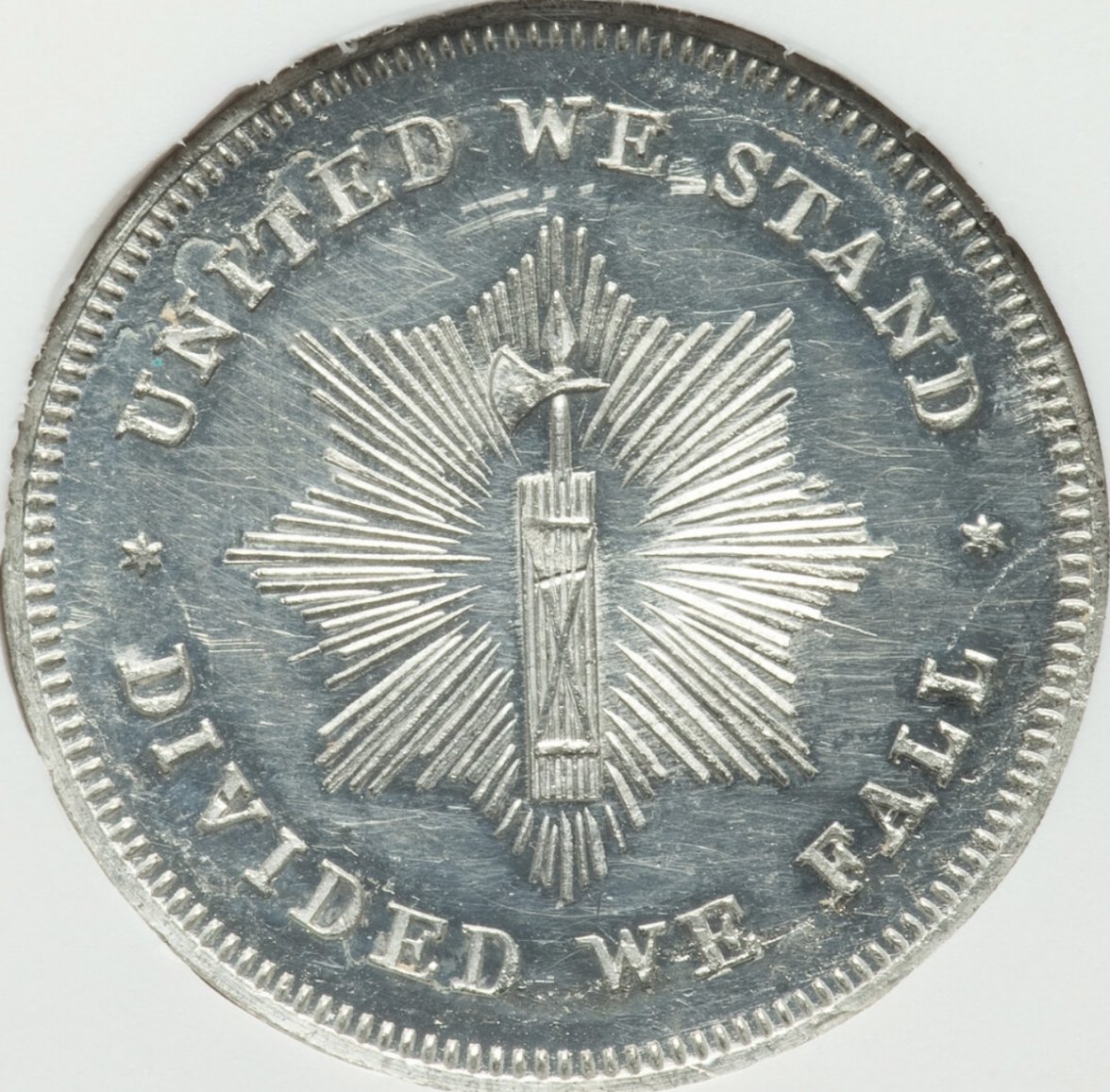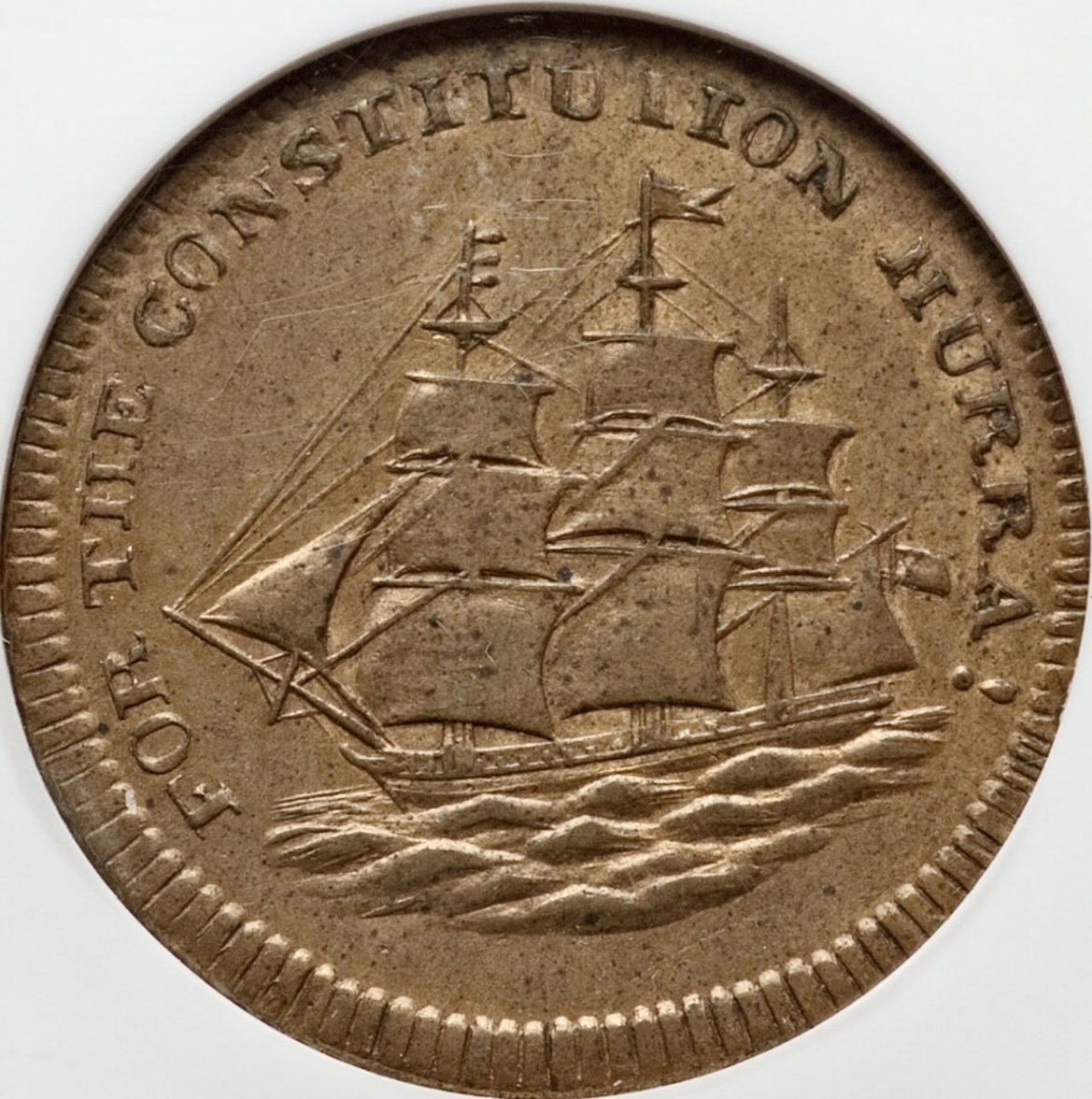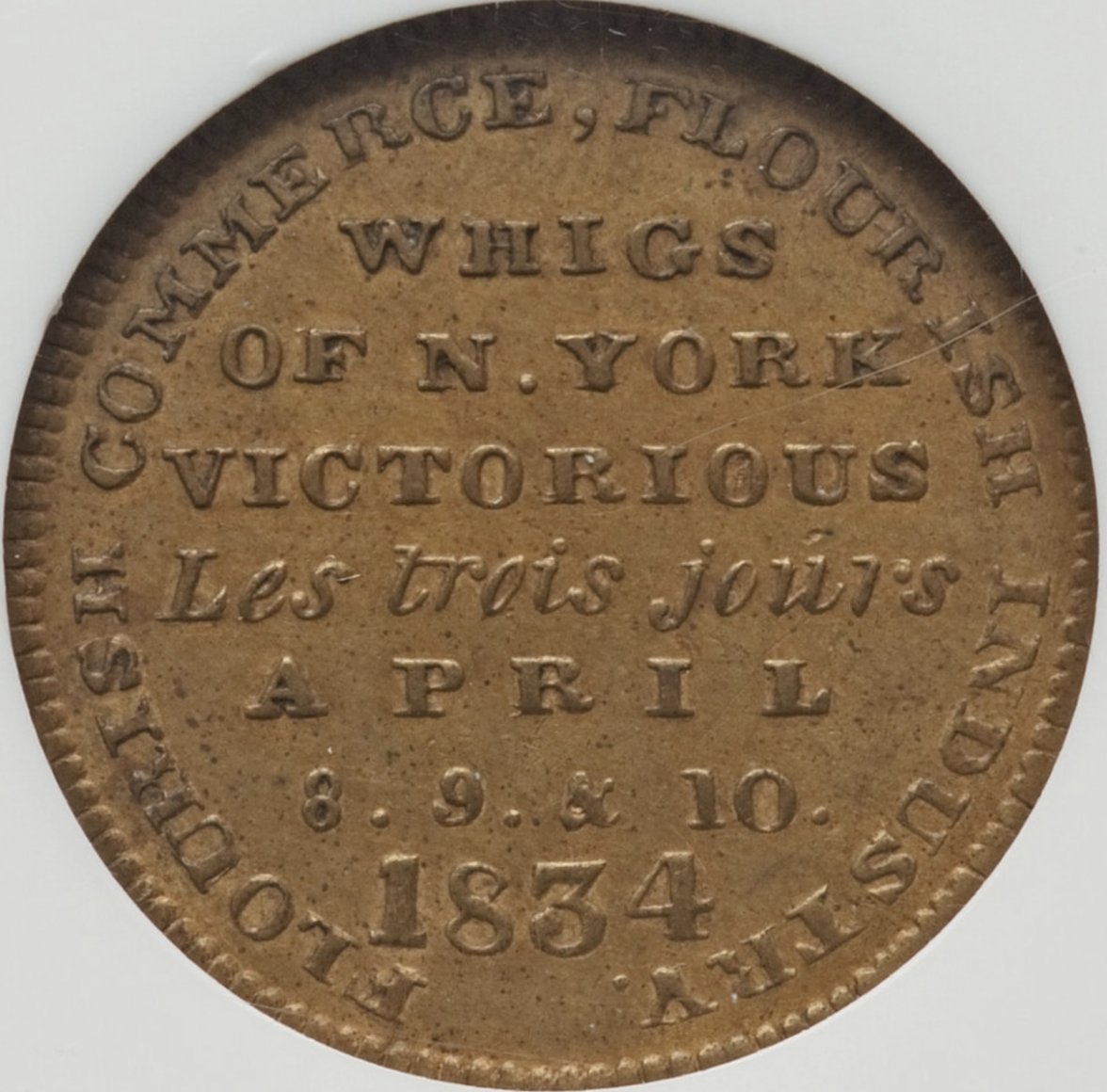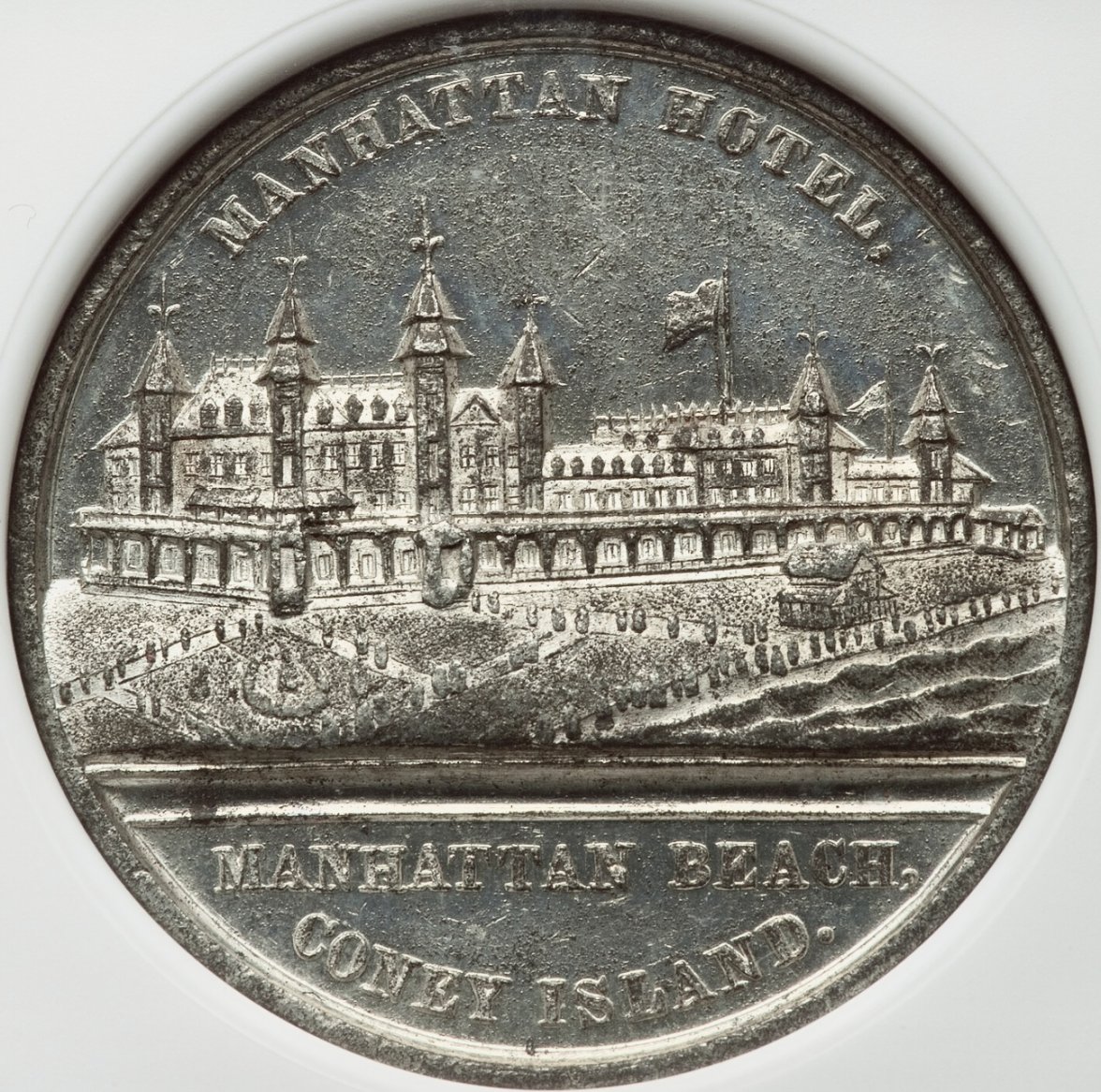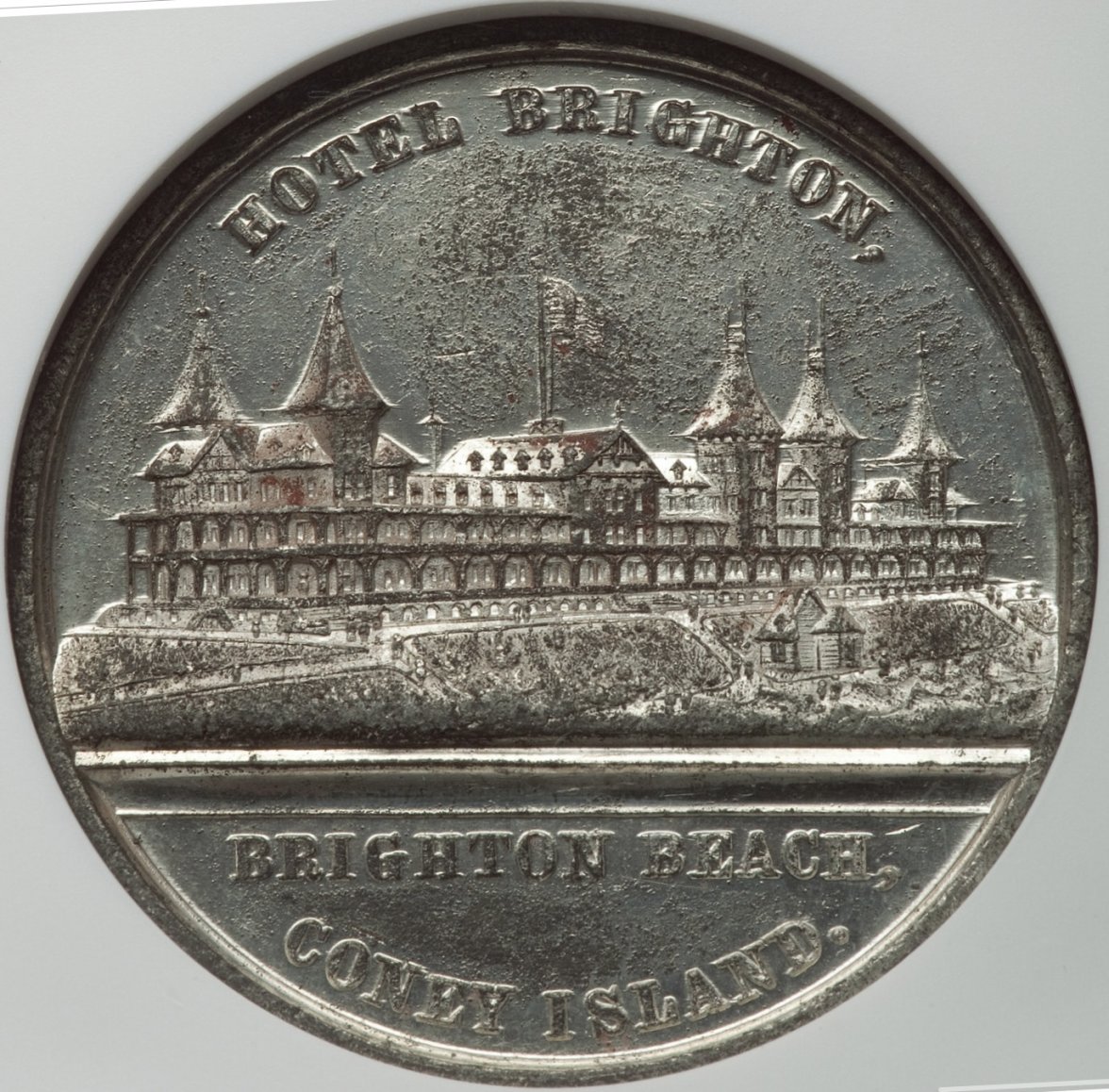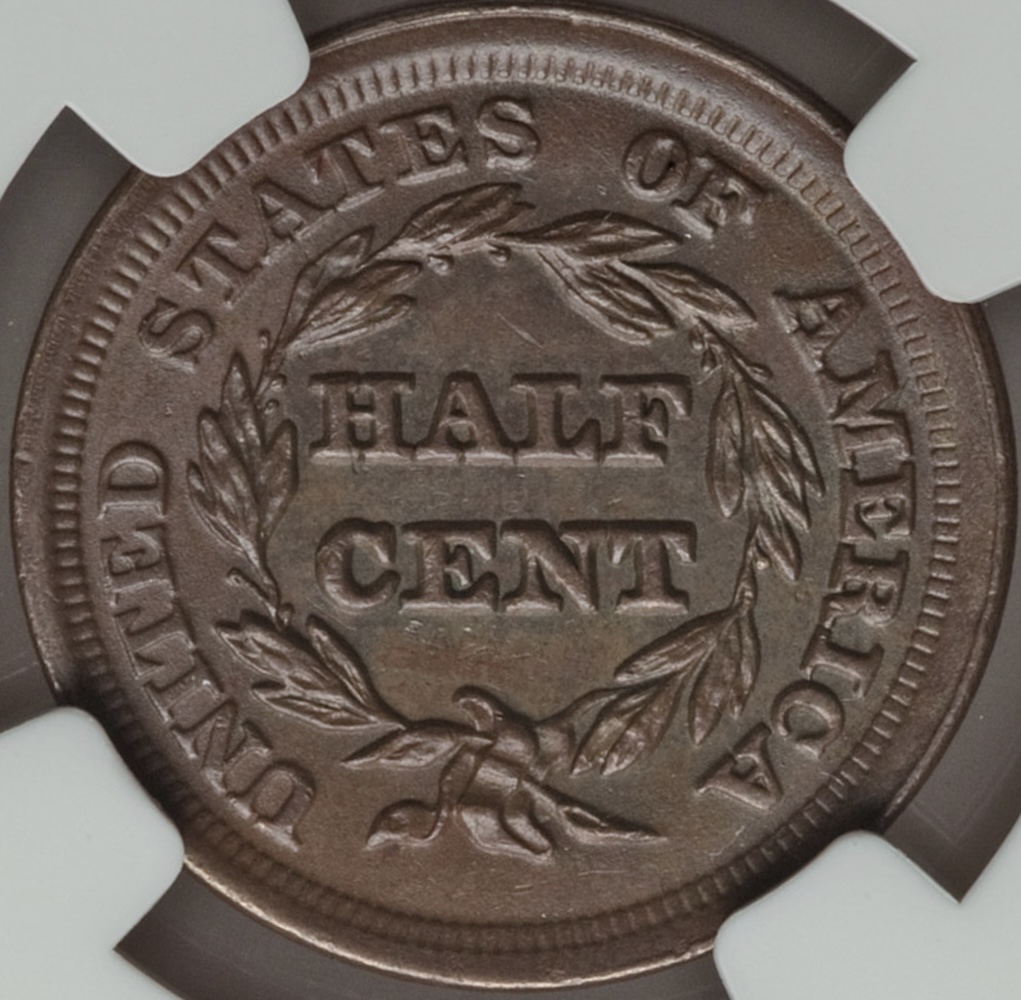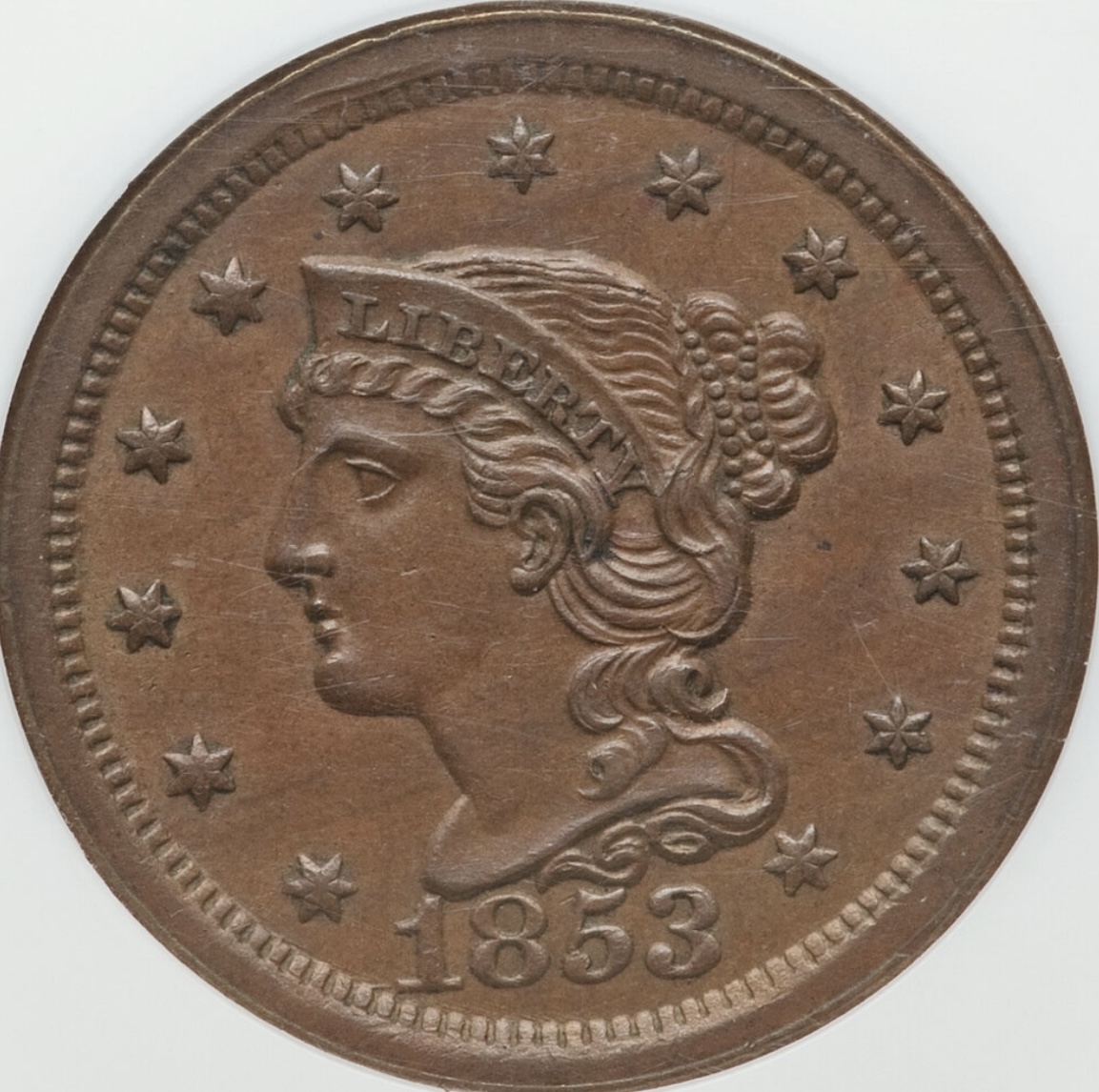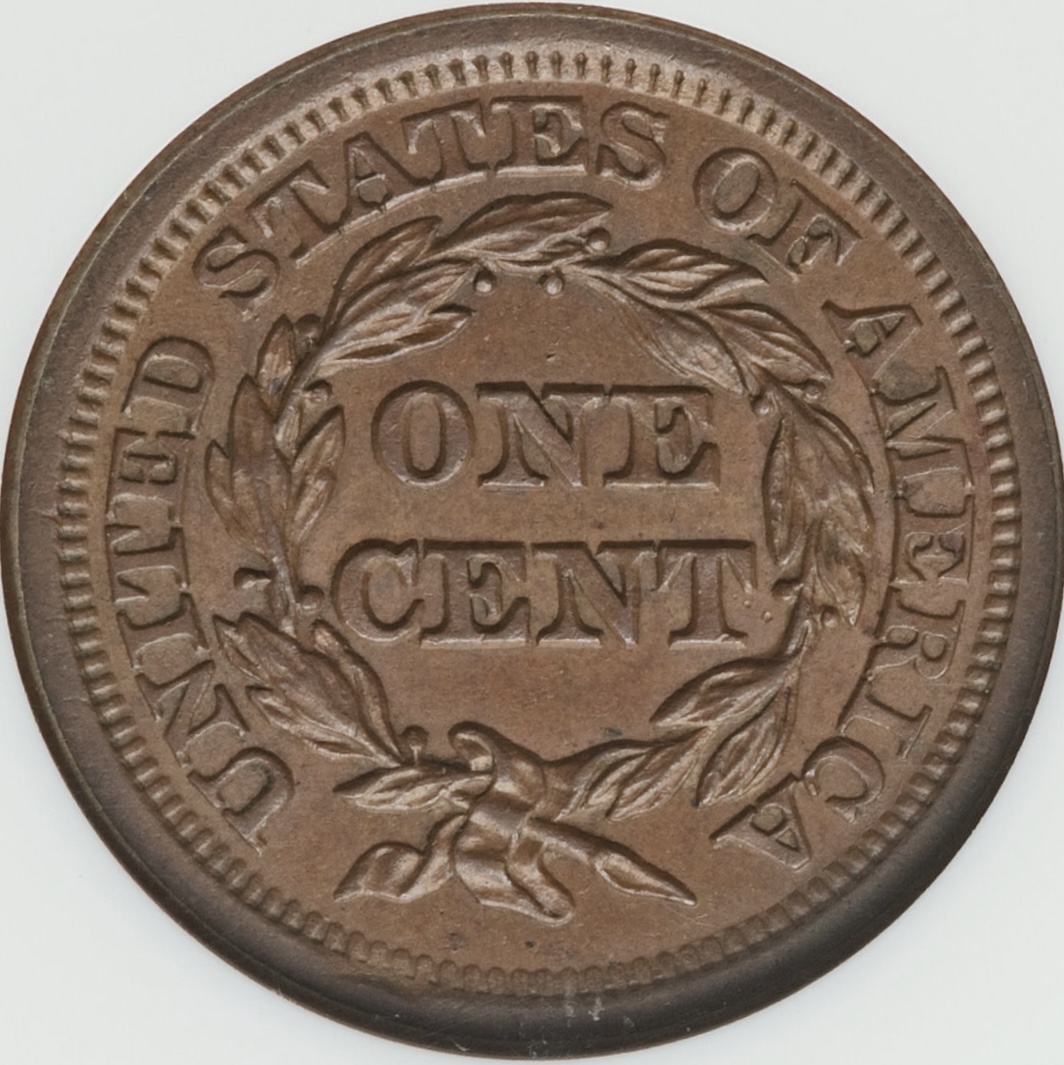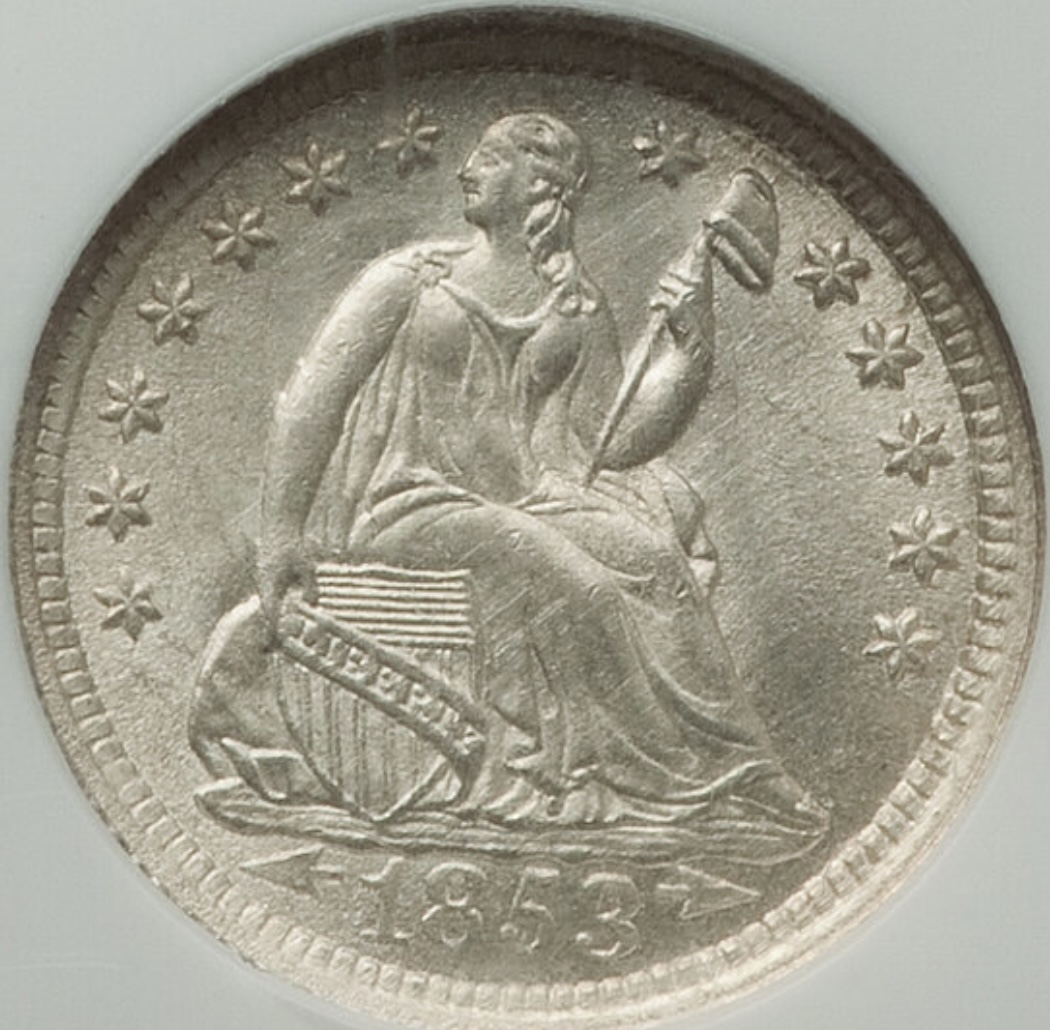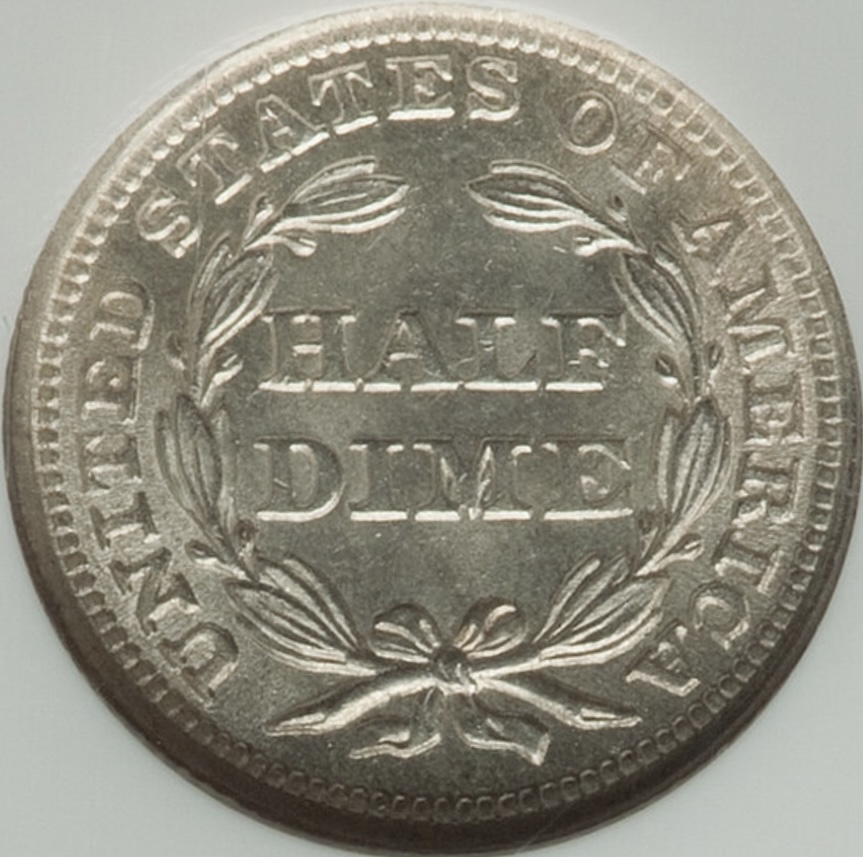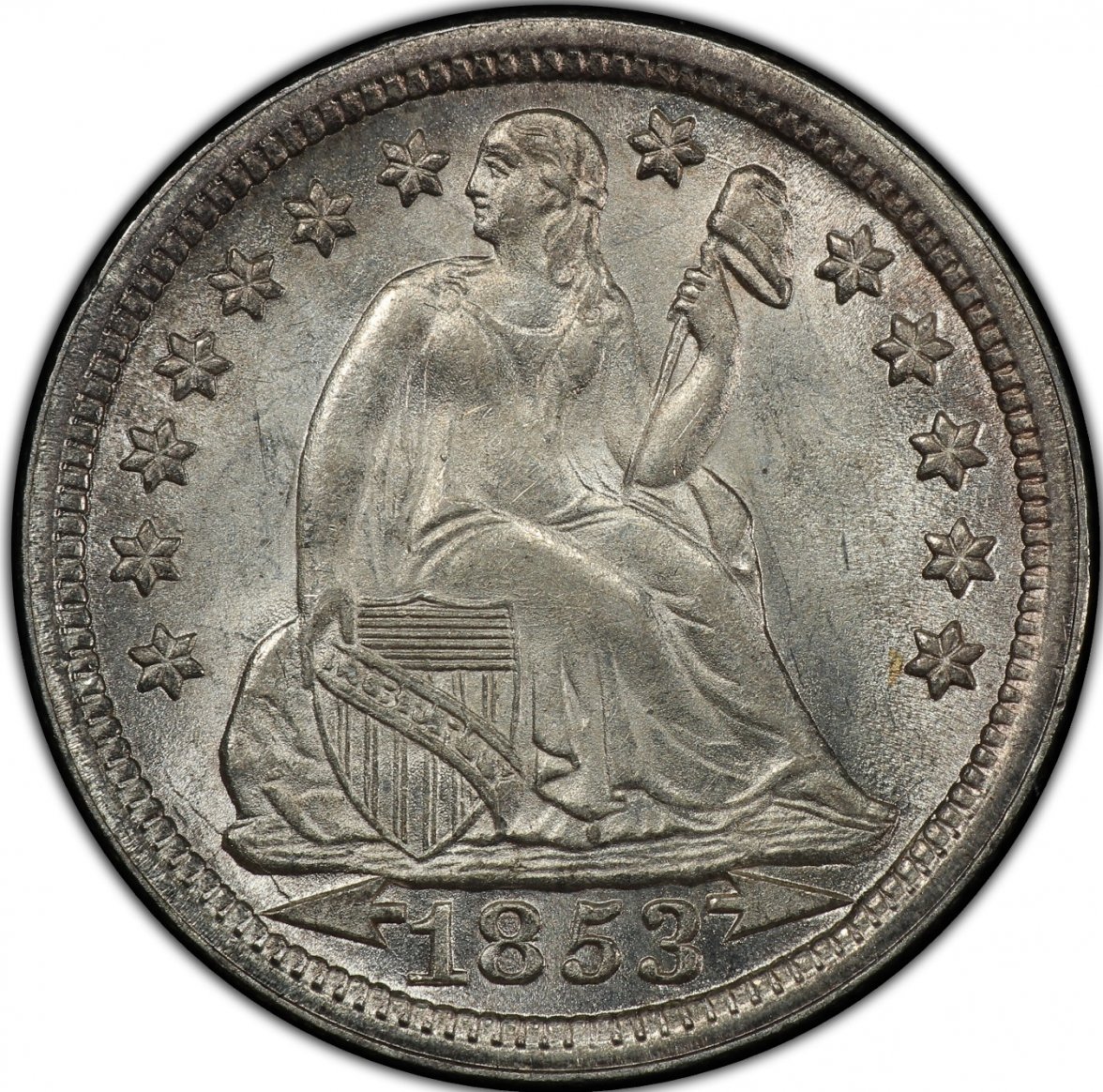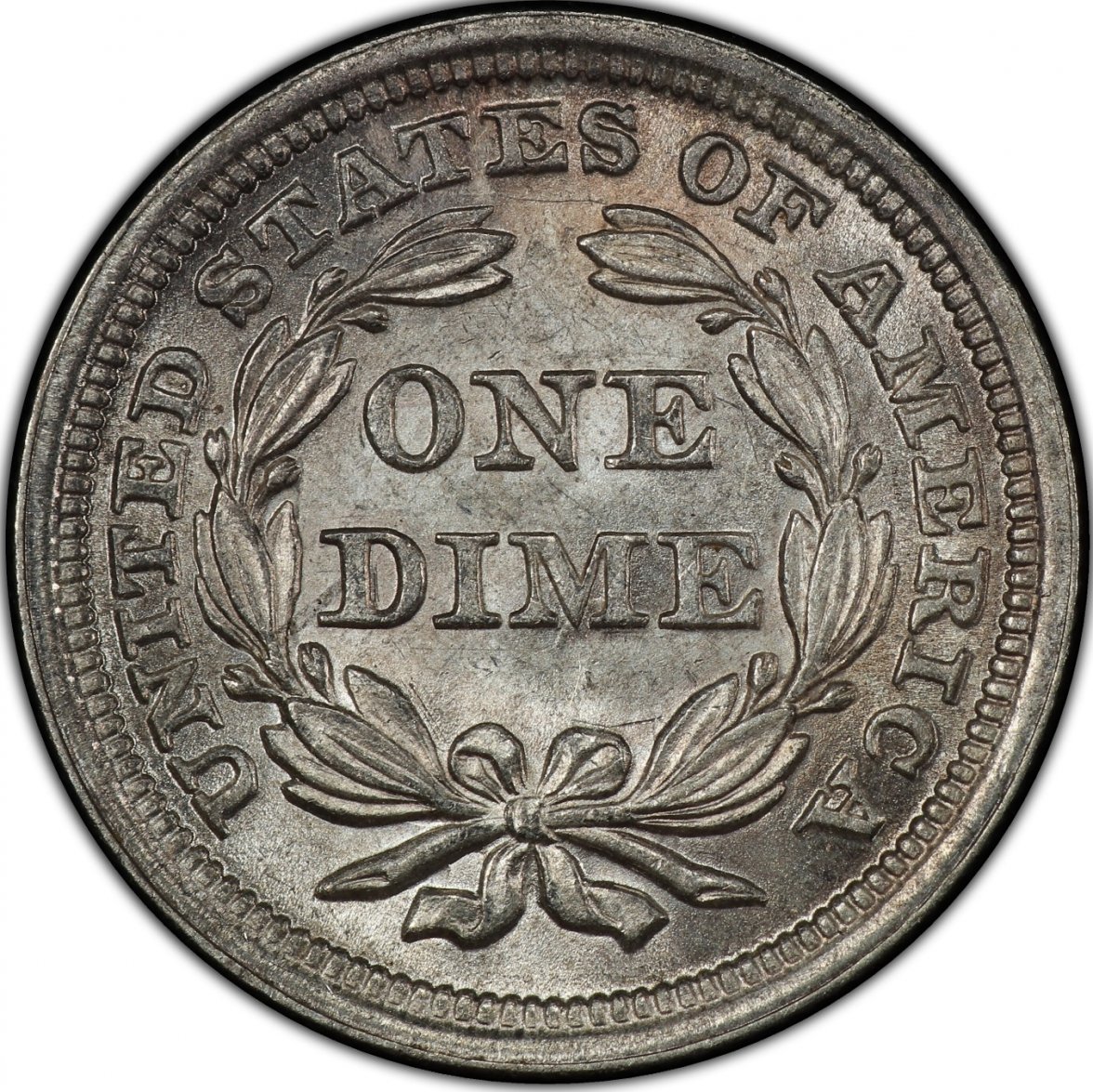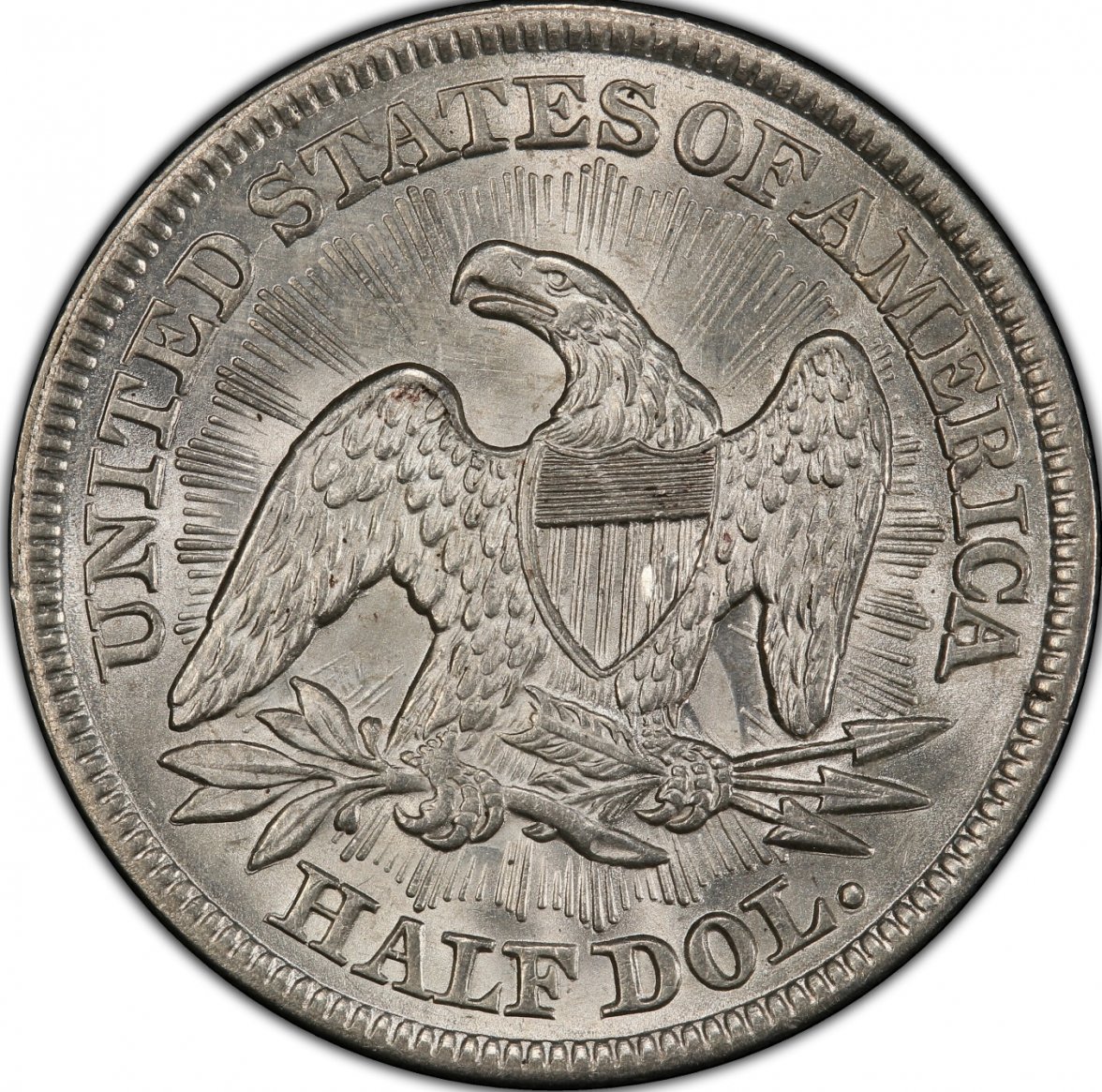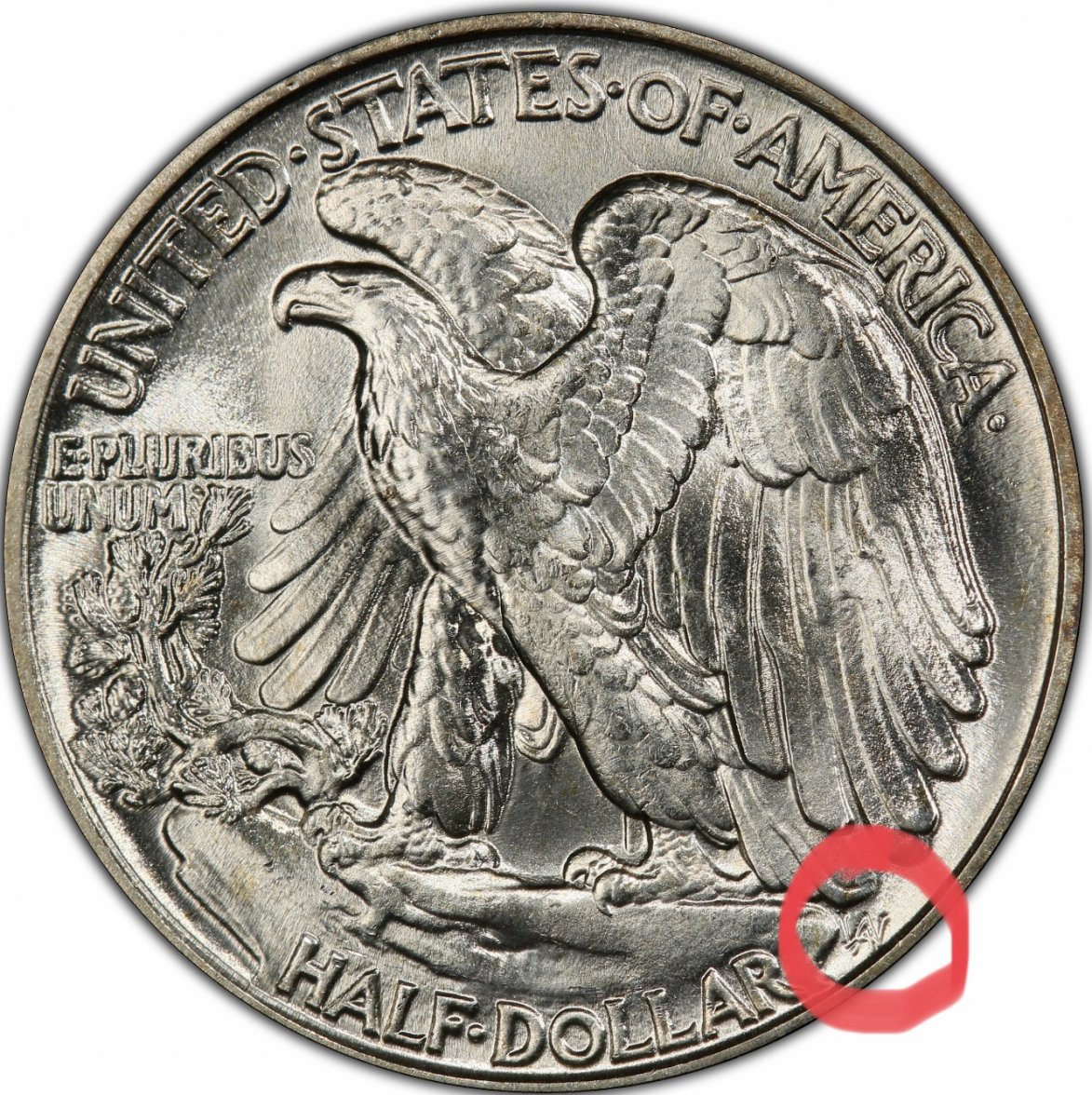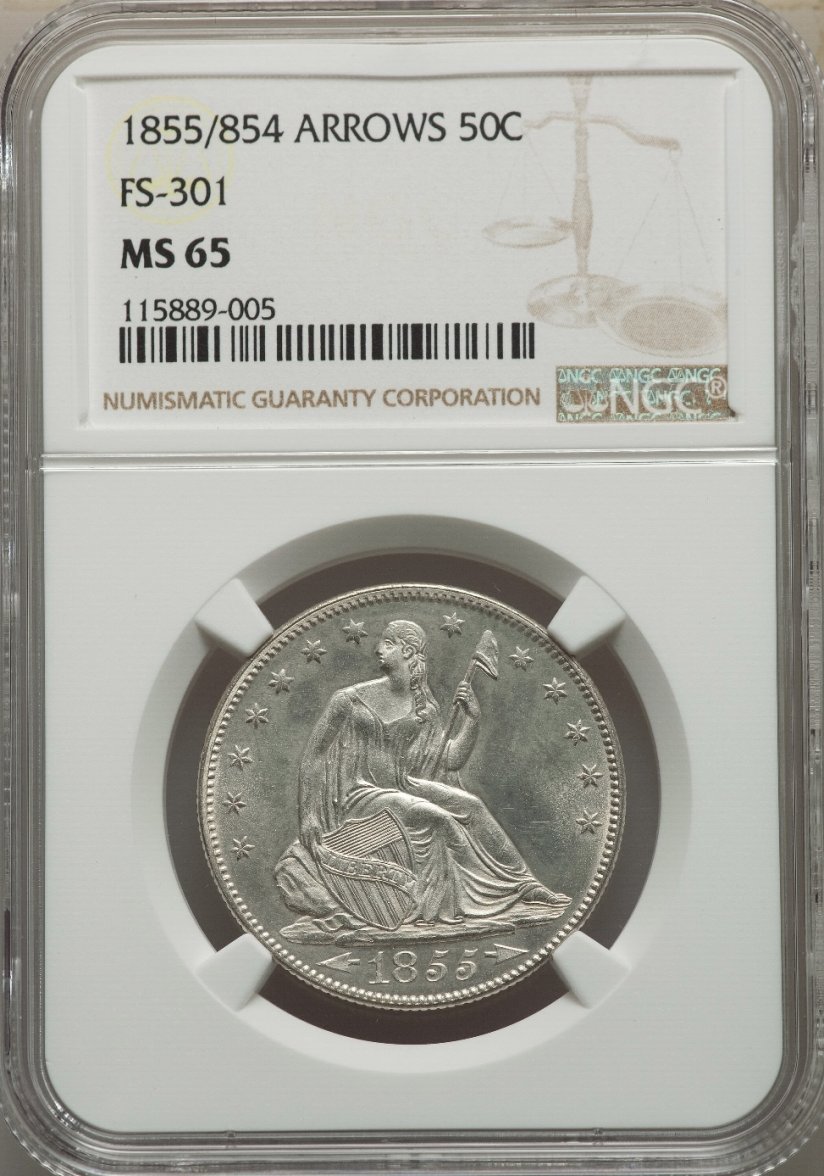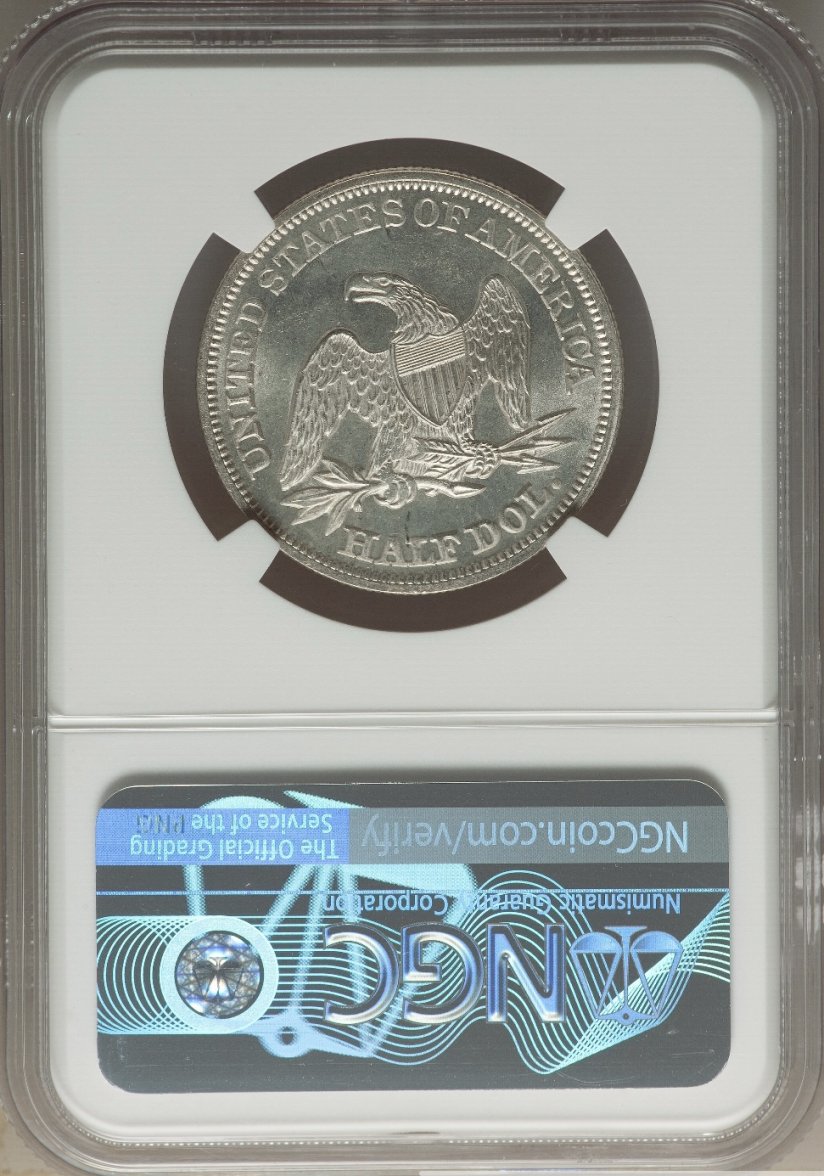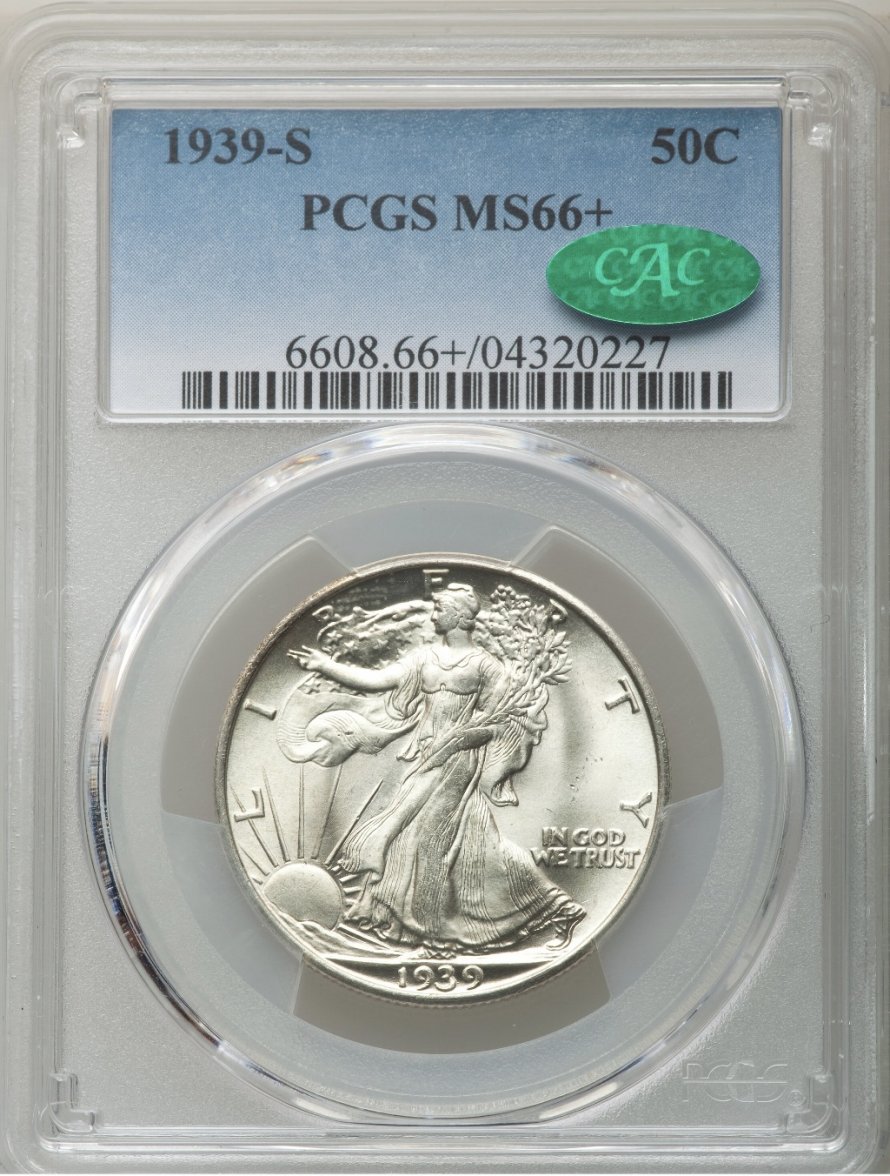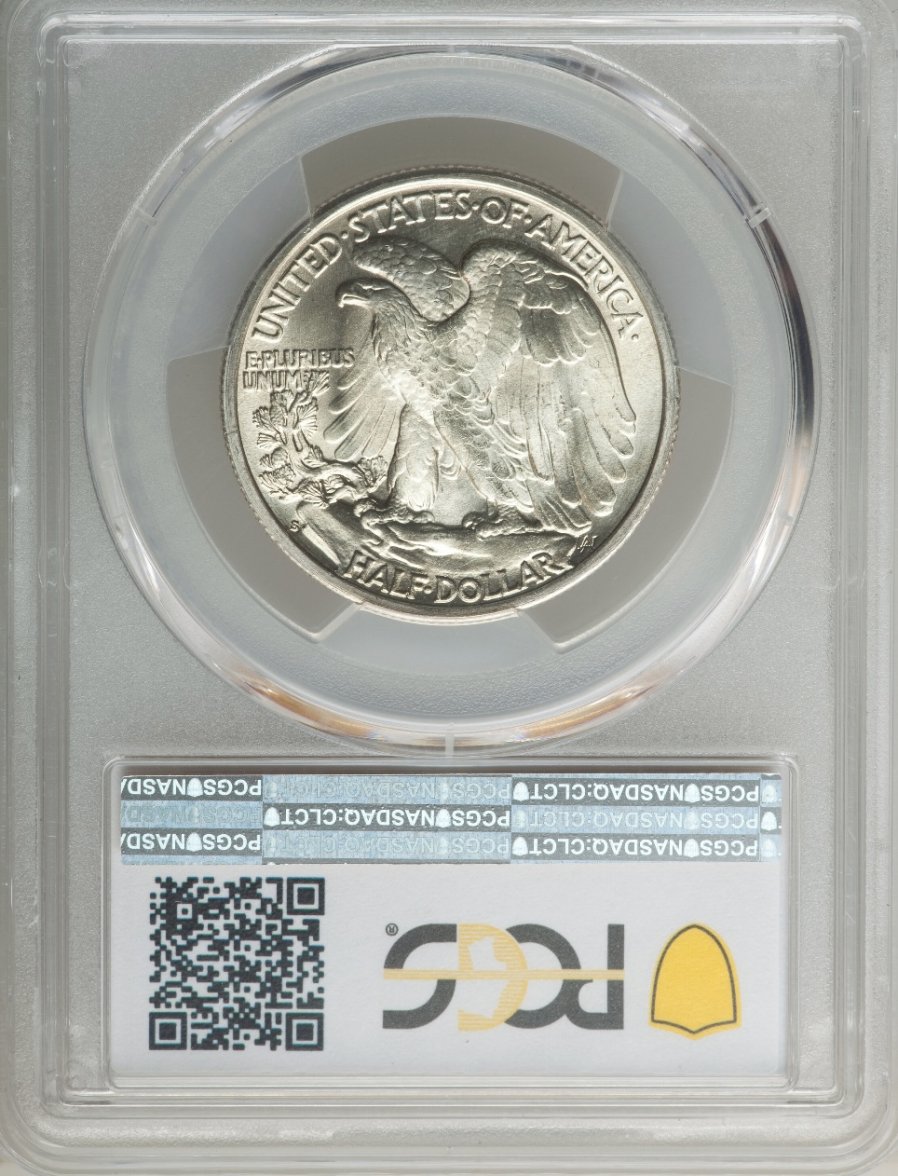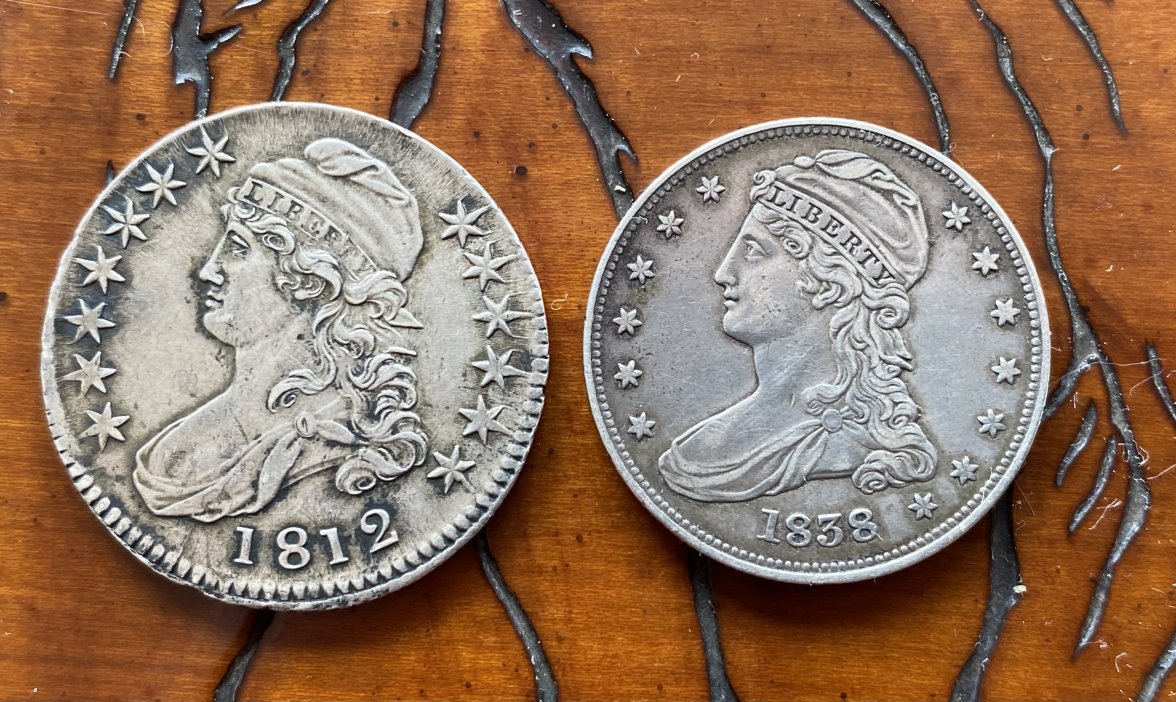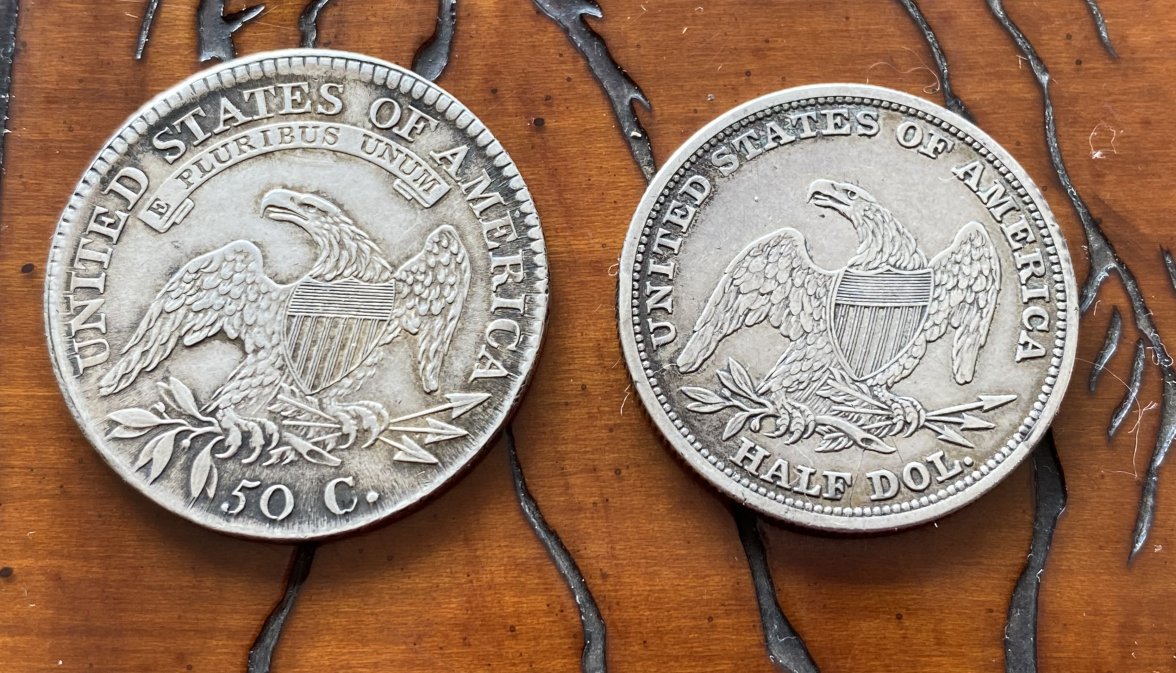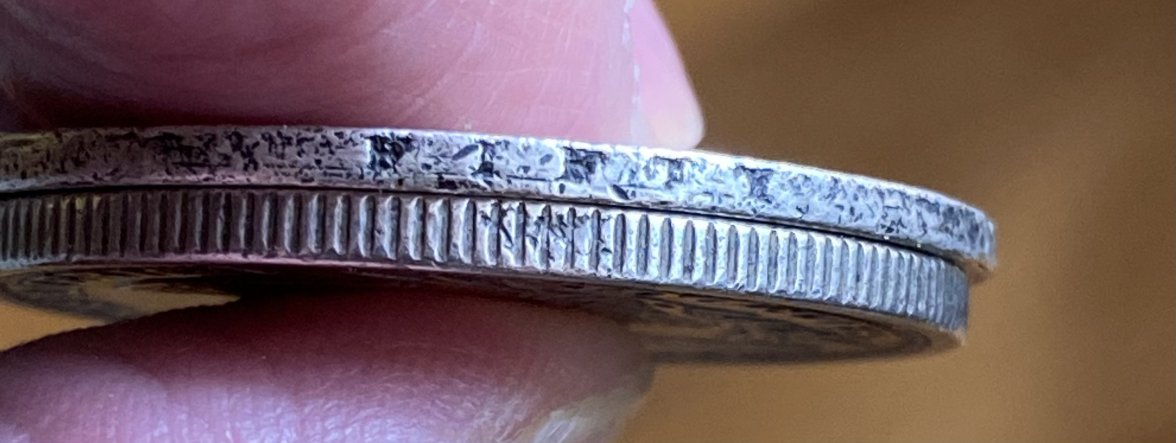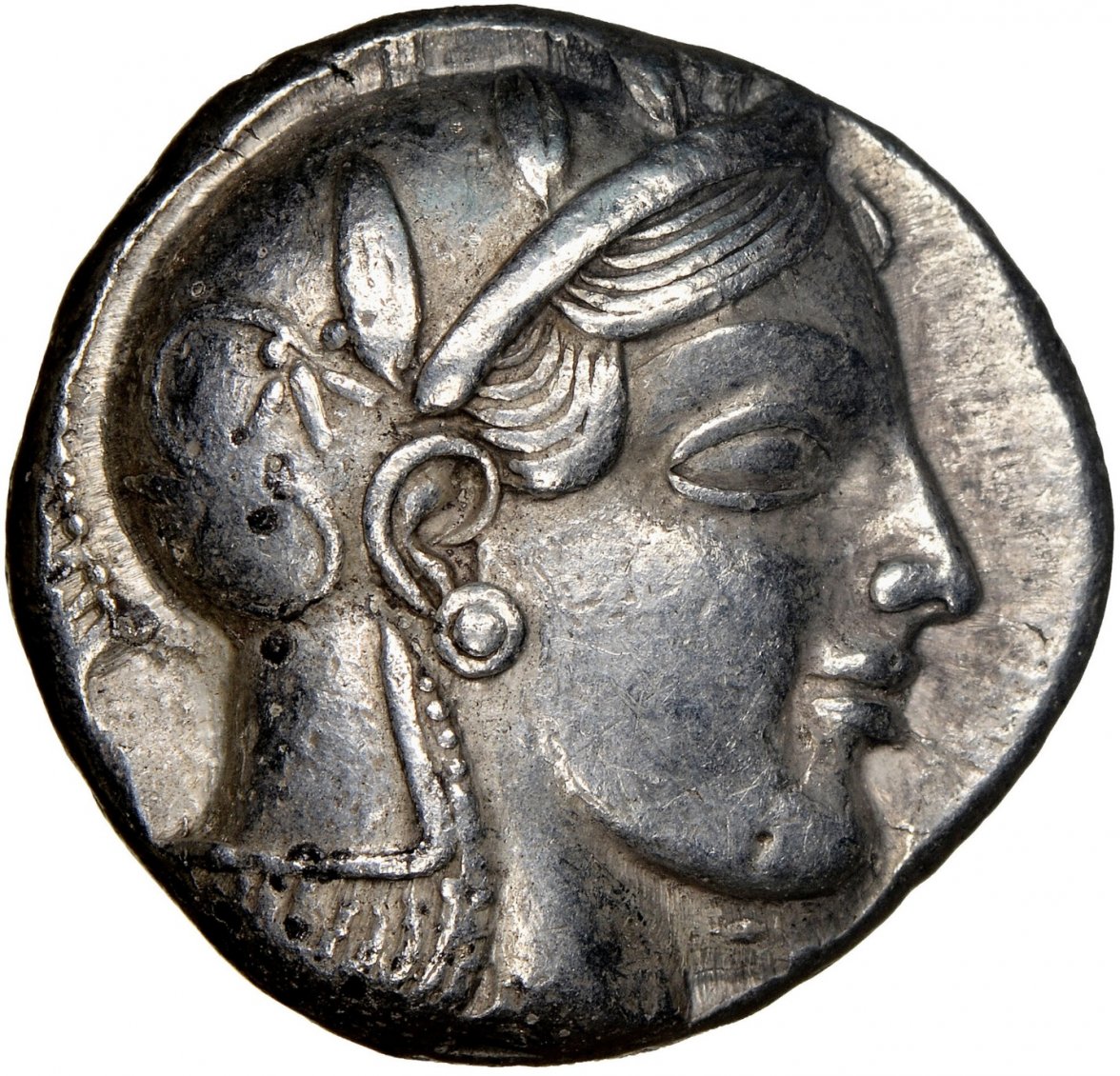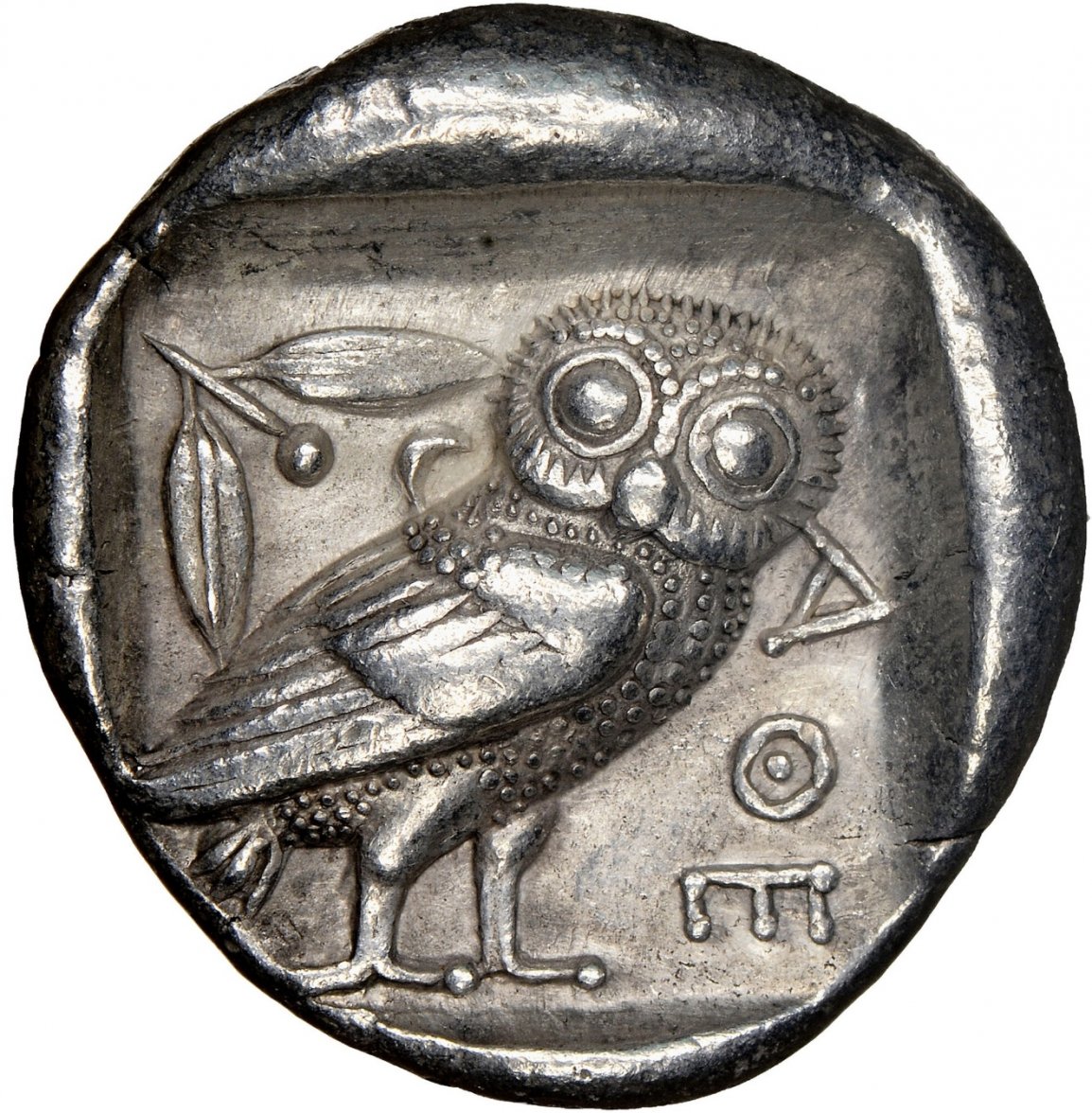airansun
·After reading the discussions in recent threads about forum activity and market trends, I wanted to say what I’d moved on to, at least, for the moment.
I’ve spent time back in numismatics, where my collecting passion started decades ago. Years ago, I put together a collection of US Bust Half Dollars, from 1807 to 1839. I’ve added some things and extended the range a little of what I’d accumulated before.
A couple of things I’ve picked up recently.
A manually coined bust half:
A steam coined bust half:
Always wanted an Athenian owl, so I finally picked one up. Circa 440 to 404 BCE
I could not resist this political coin from a movement in 1844, on a large cent
I don’t know, but after this watch, I felt like I’d saturated myself.
I still wear it all the time.
I still check in here at OF almost every day. But, it’s true. I’m not as hot and bothered about watches. I still look, but…
So, now instead of studying dial variations, I’m studying die variations. Overtons for manually coined bust halves and Graham-Reivers for steam coined bust halves.
I’m going to go blind!
I hope you enjoyed the photos.
I’ve spent time back in numismatics, where my collecting passion started decades ago. Years ago, I put together a collection of US Bust Half Dollars, from 1807 to 1839. I’ve added some things and extended the range a little of what I’d accumulated before.
A couple of things I’ve picked up recently.
A manually coined bust half:
A steam coined bust half:
Always wanted an Athenian owl, so I finally picked one up. Circa 440 to 404 BCE
I could not resist this political coin from a movement in 1844, on a large cent
I don’t know, but after this watch, I felt like I’d saturated myself.
I still wear it all the time.
I still check in here at OF almost every day. But, it’s true. I’m not as hot and bothered about watches. I still look, but…
So, now instead of studying dial variations, I’m studying die variations. Overtons for manually coined bust halves and Graham-Reivers for steam coined bust halves.
I’m going to go blind!
I hope you enjoyed the photos.
Edited:


